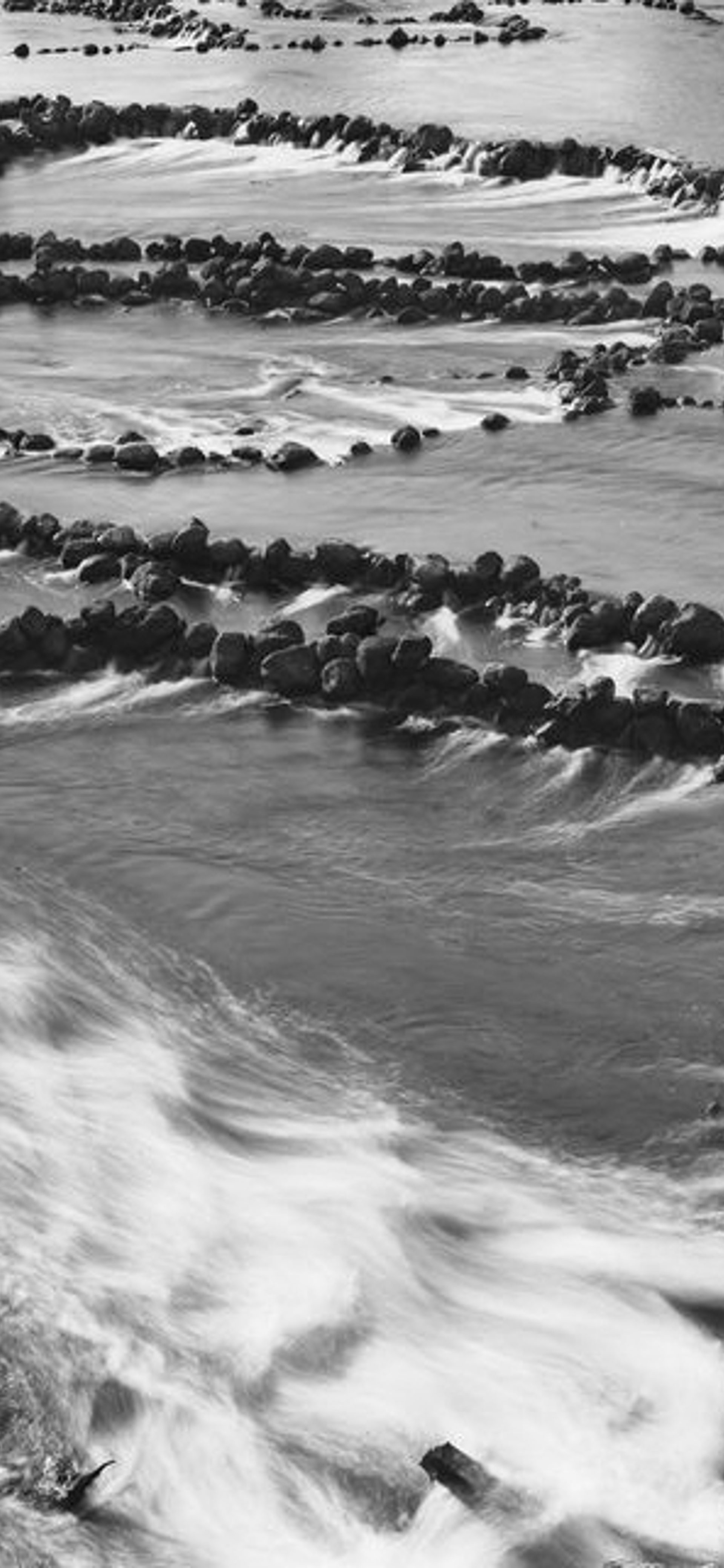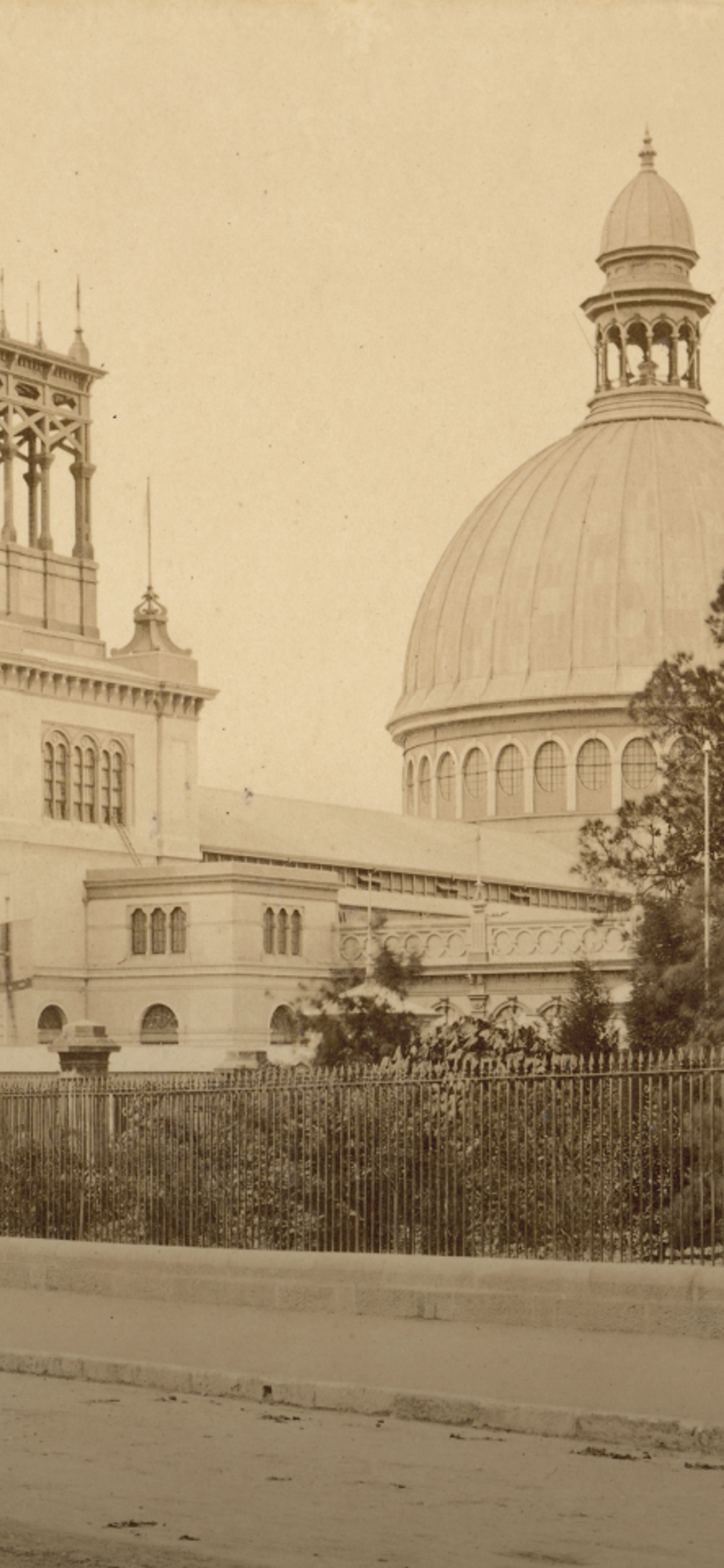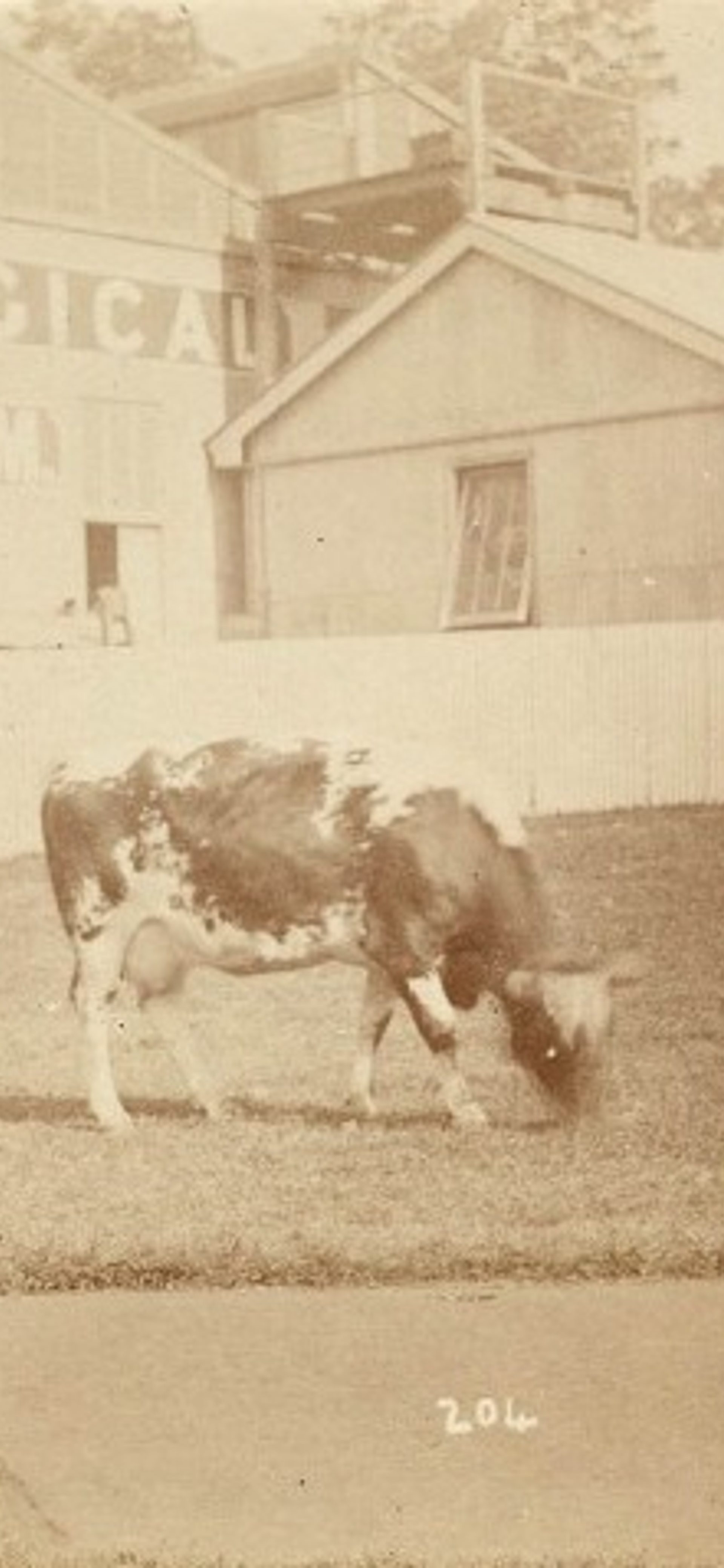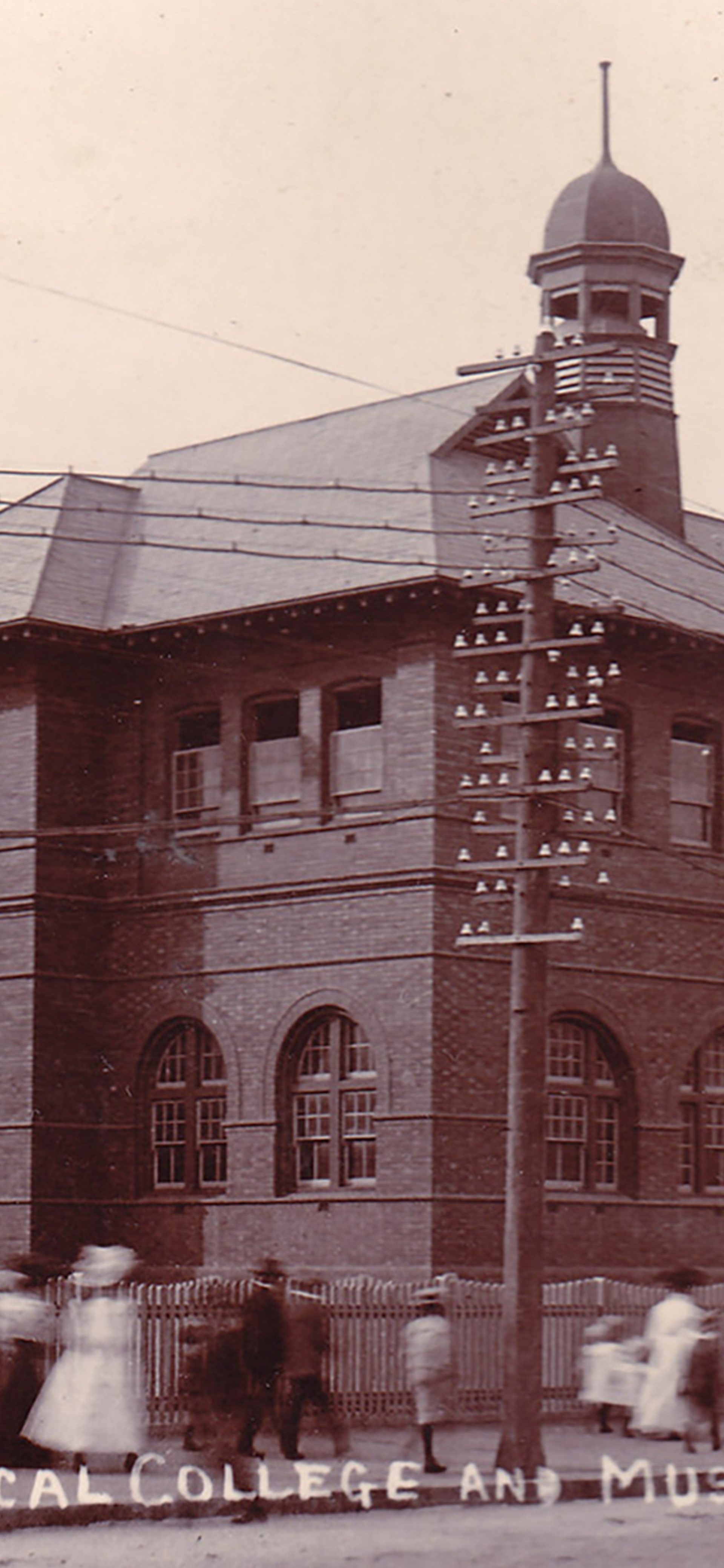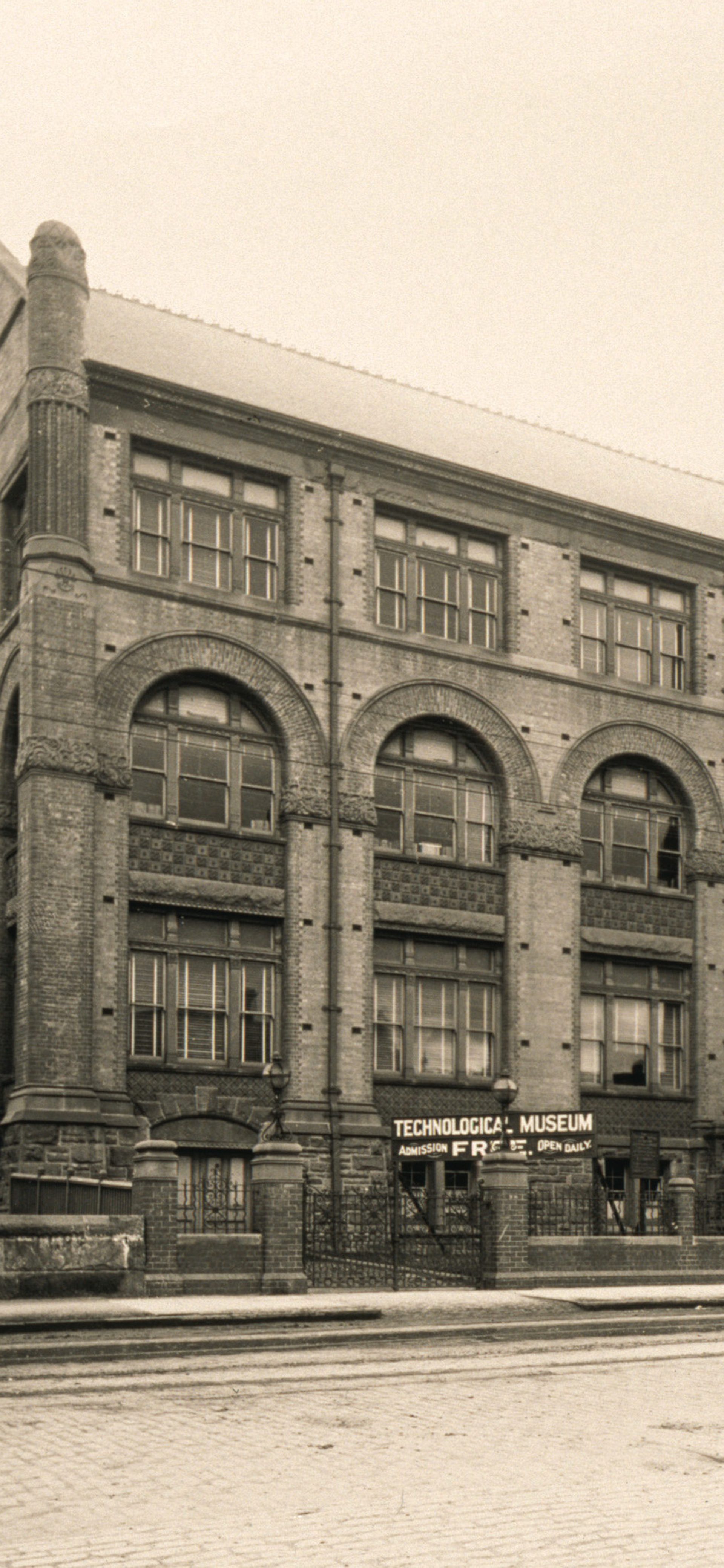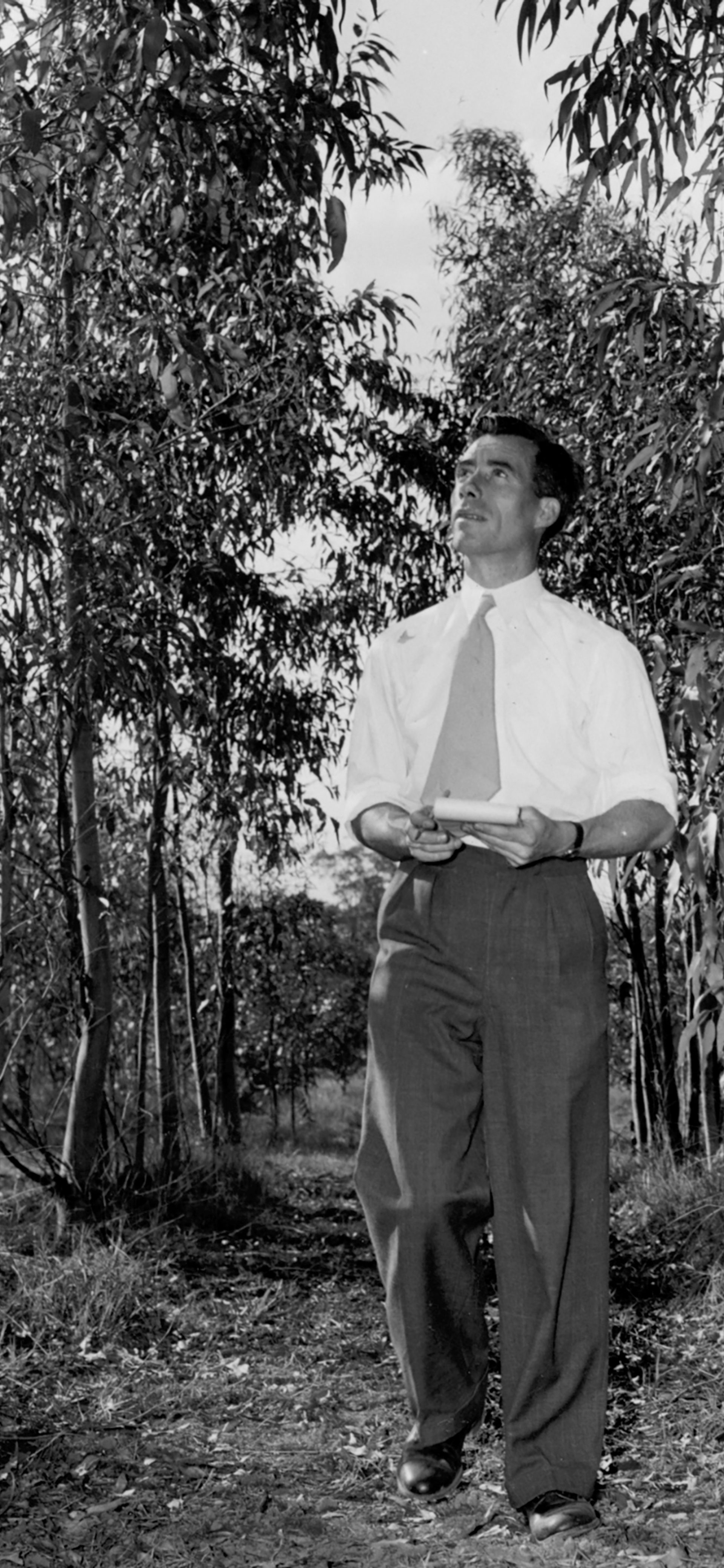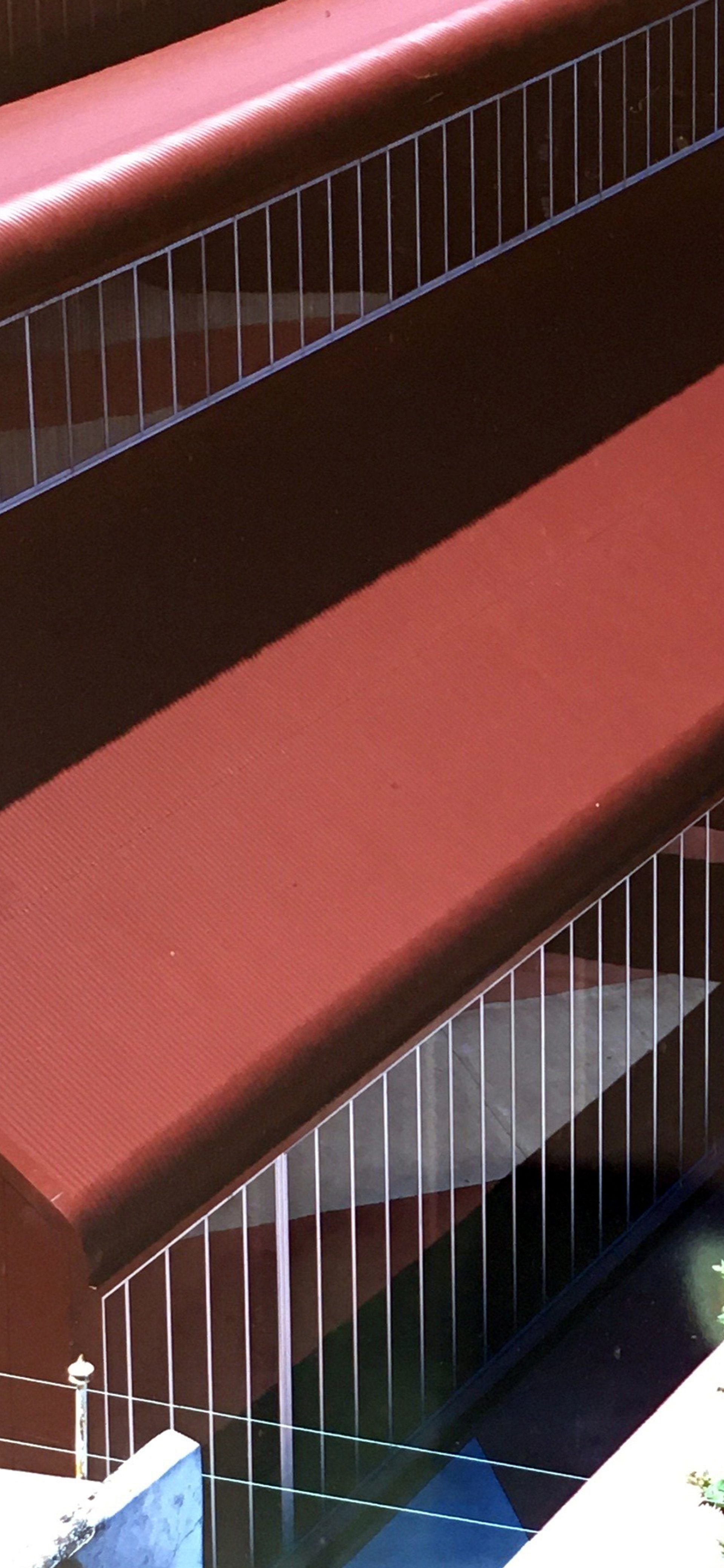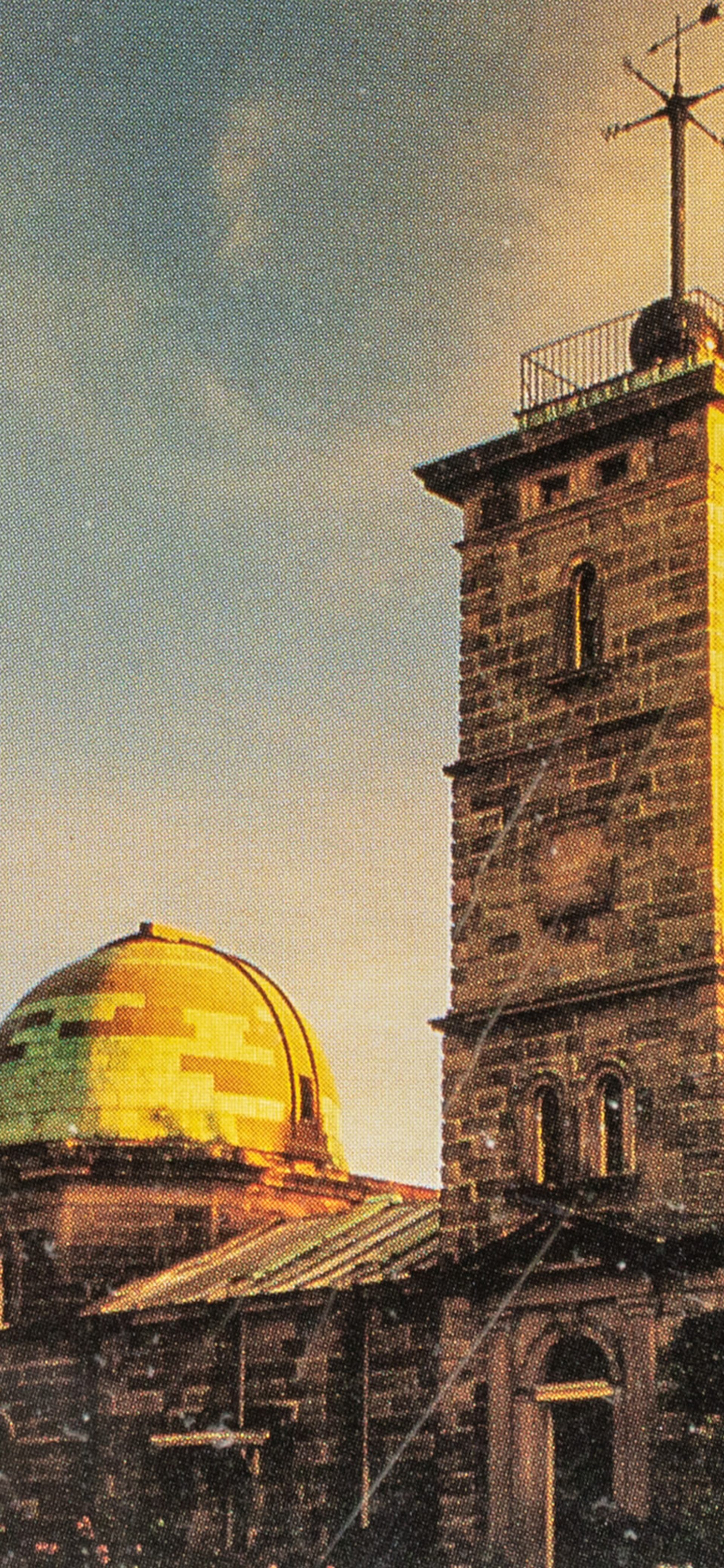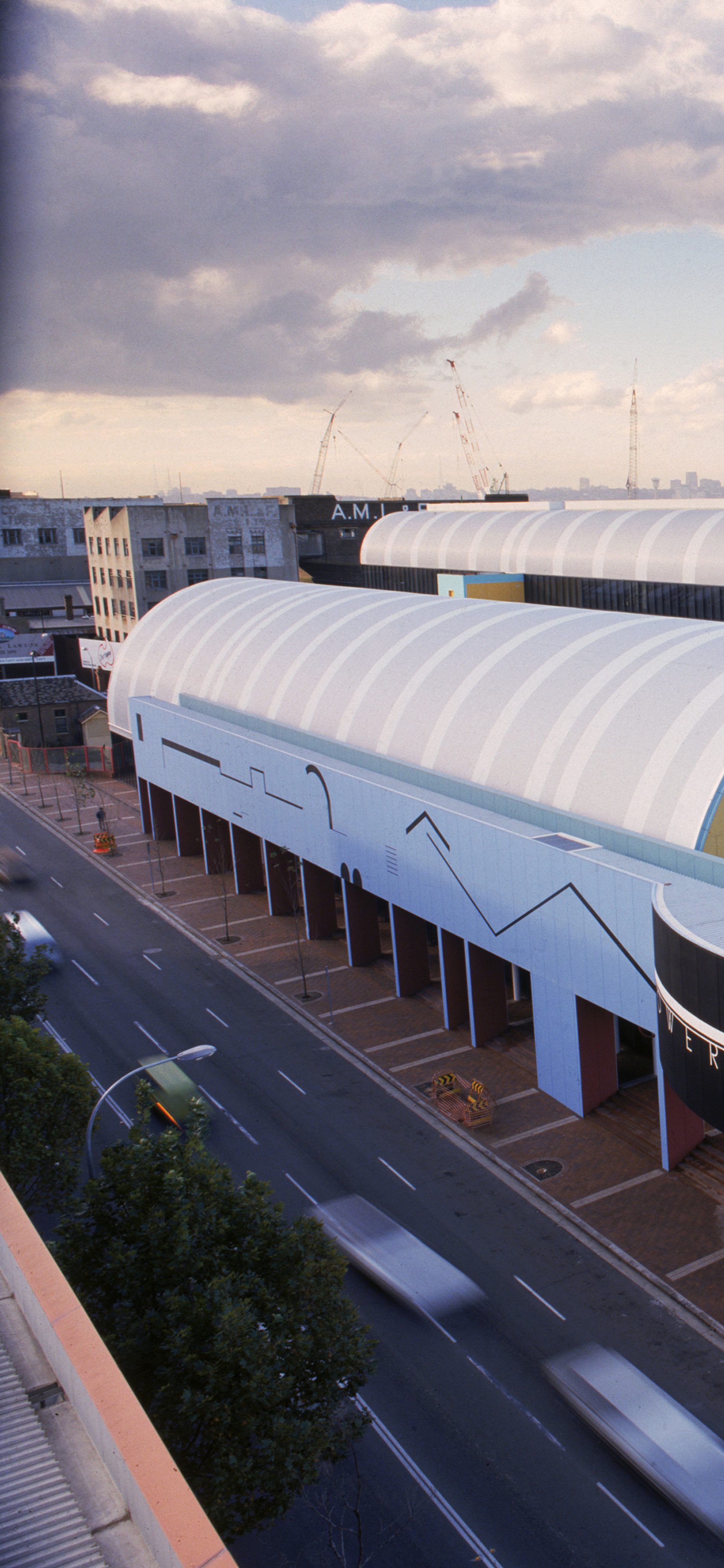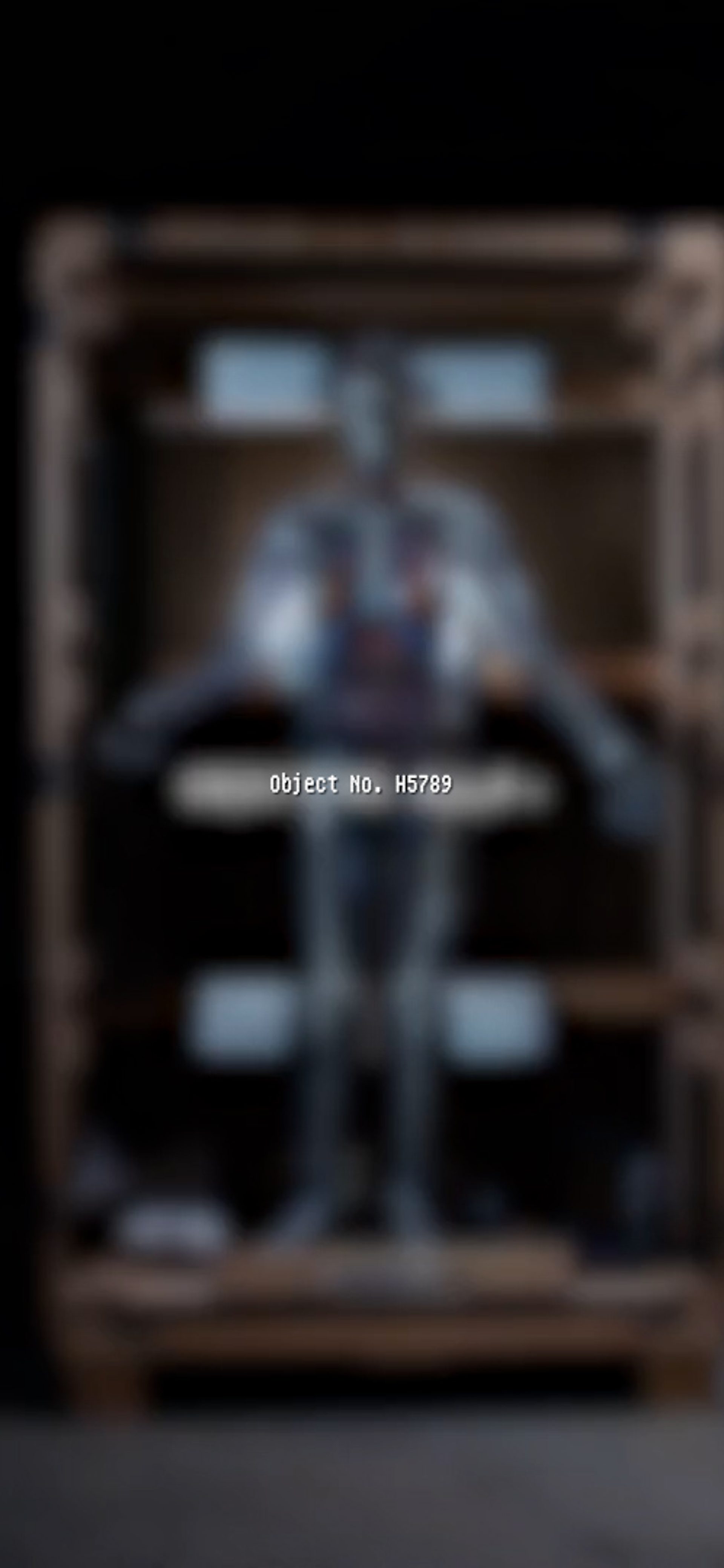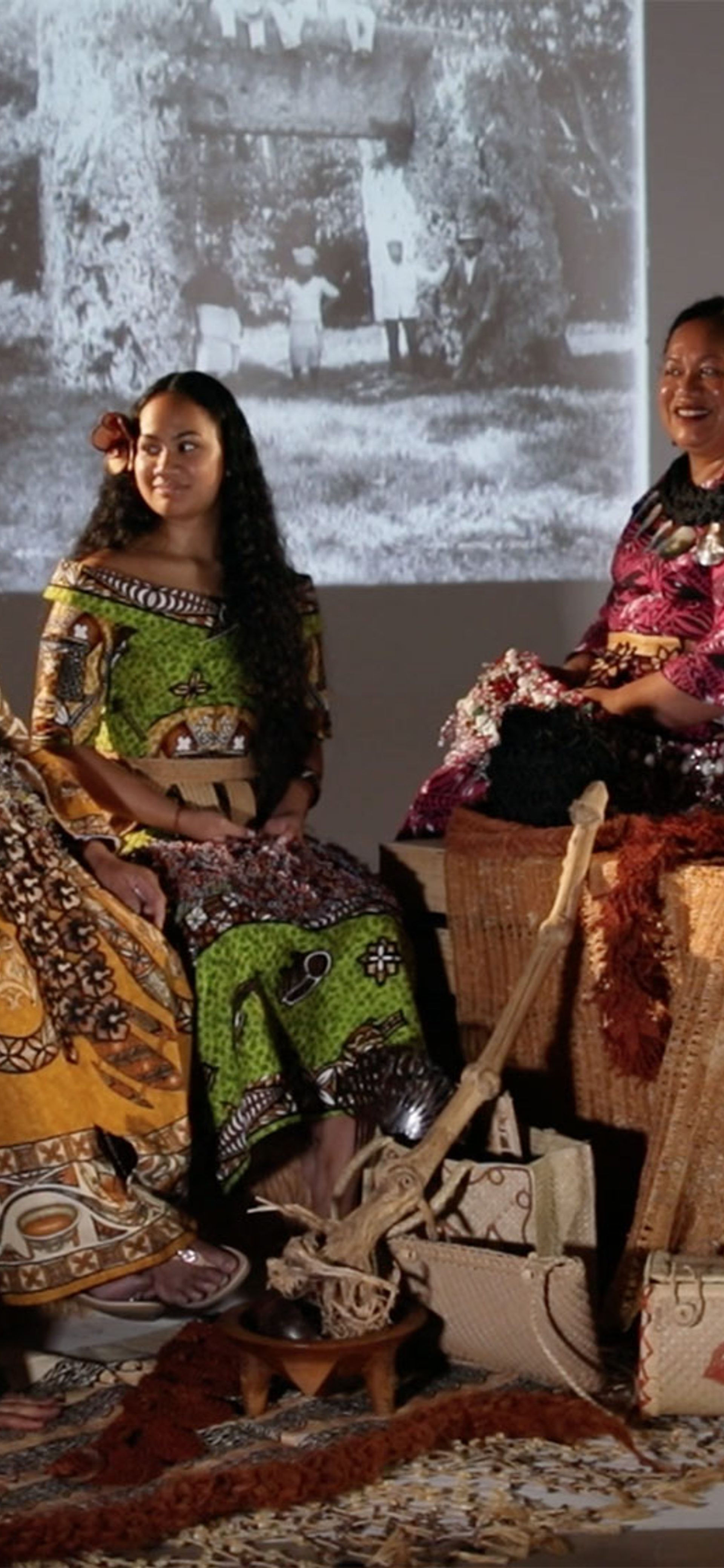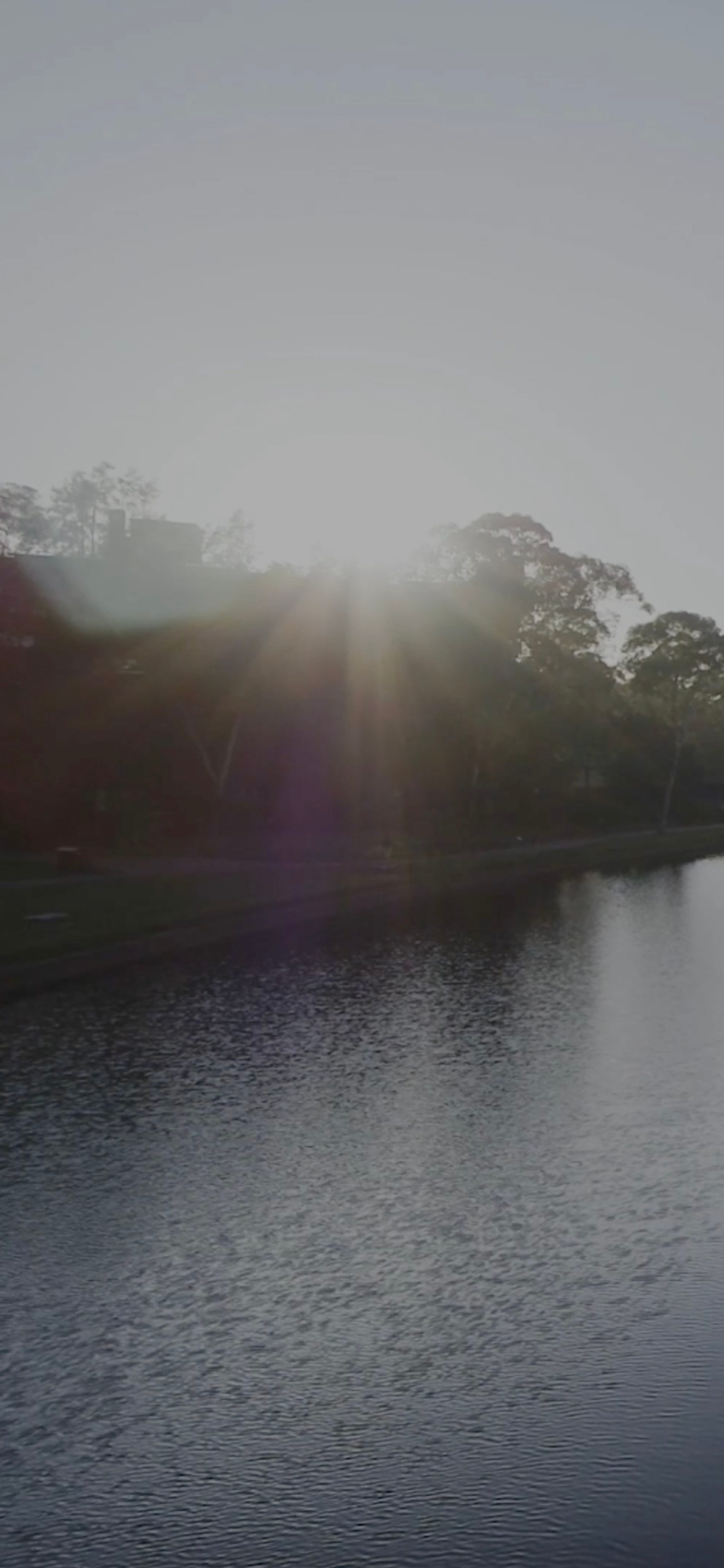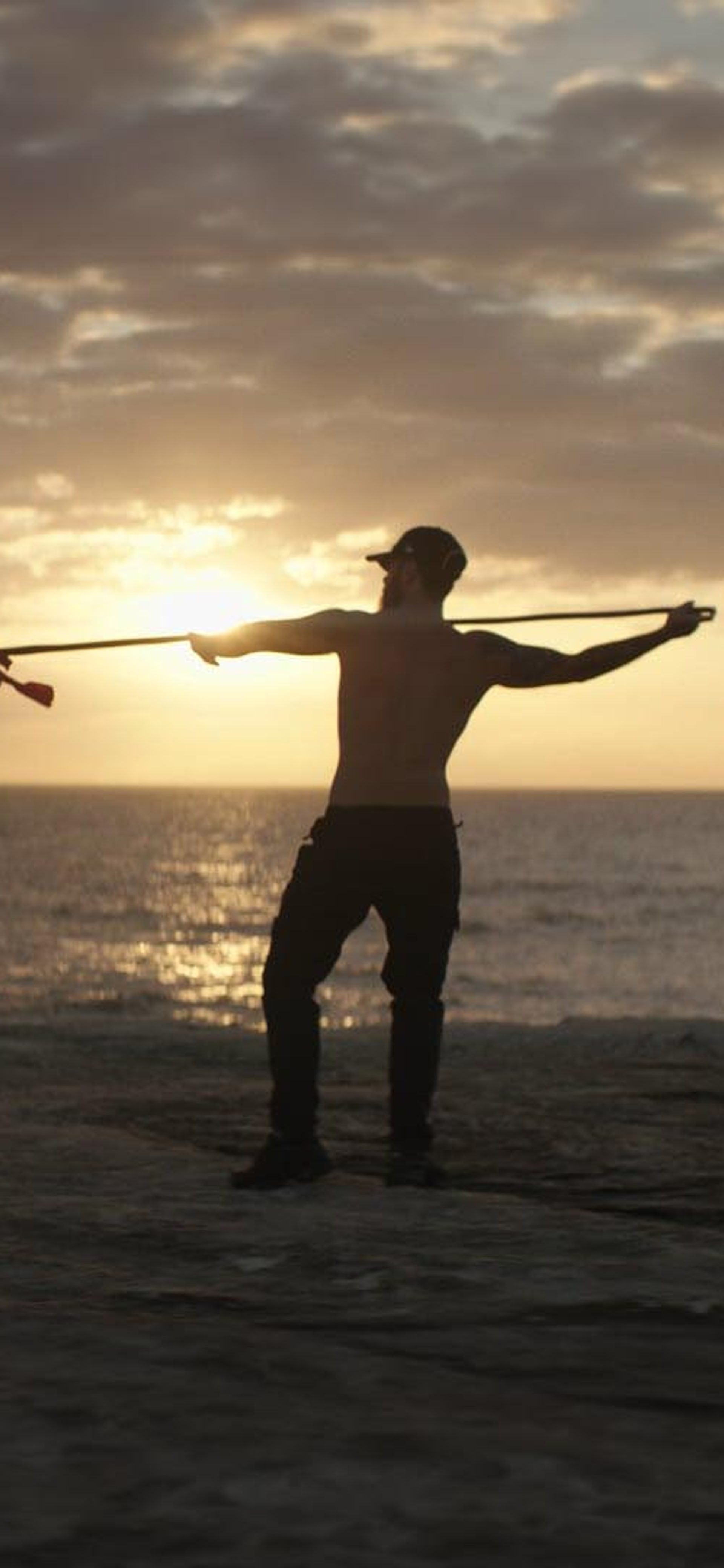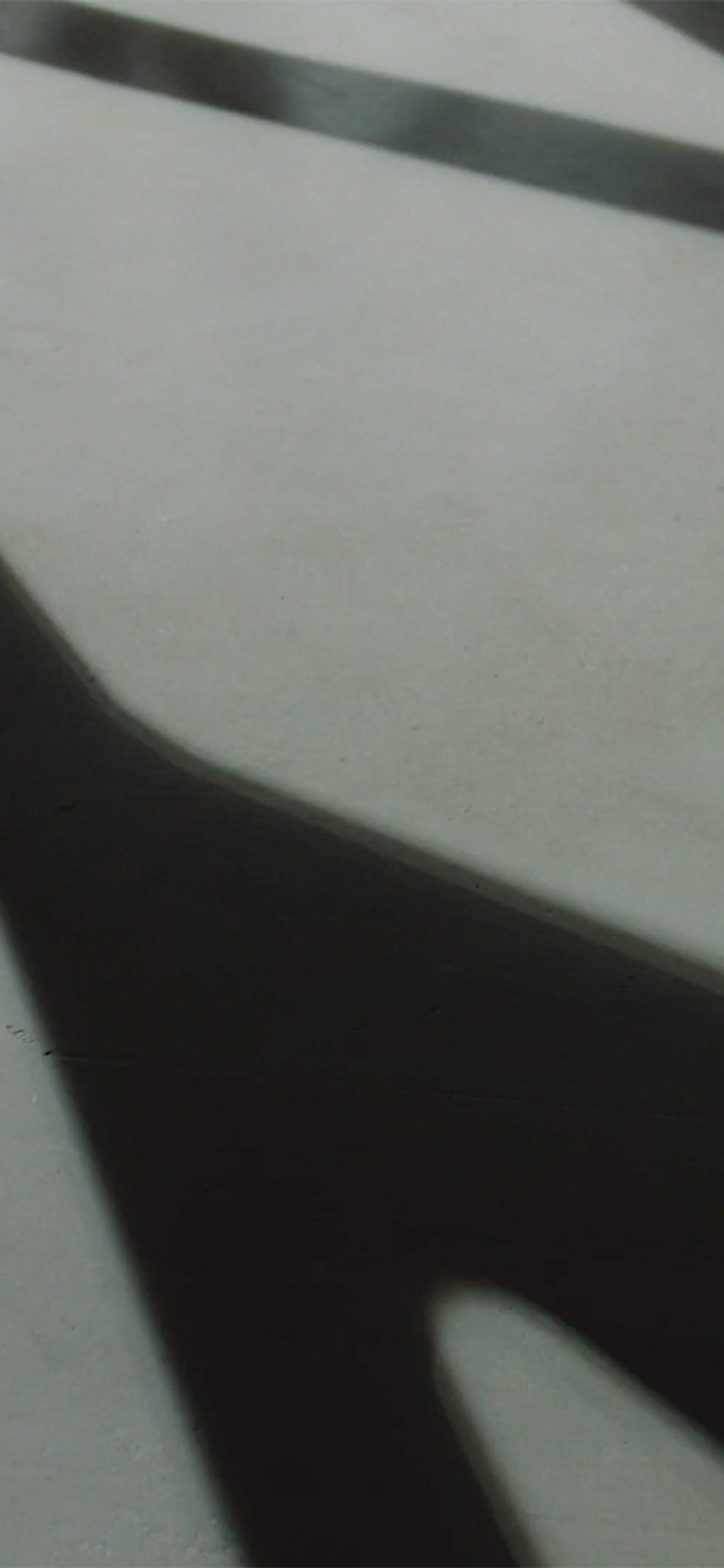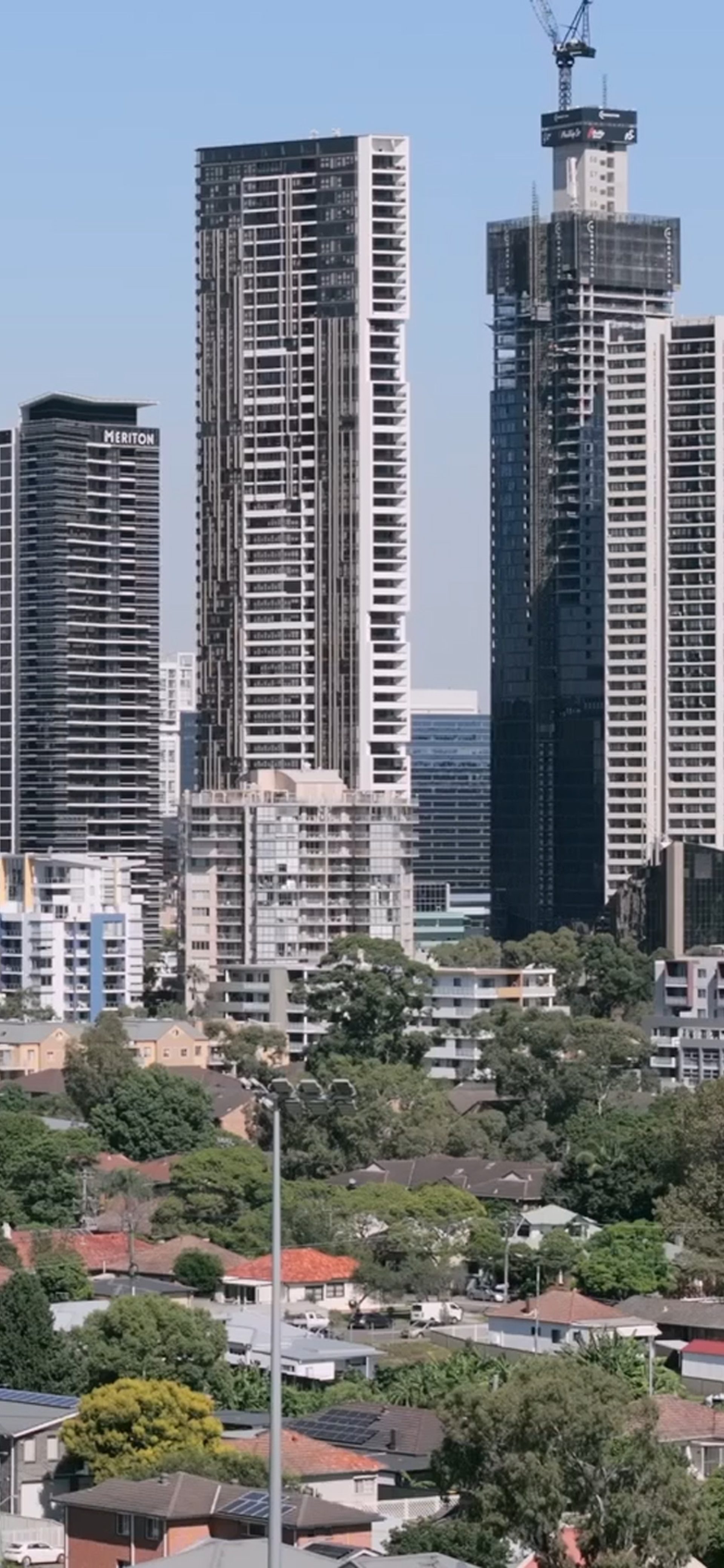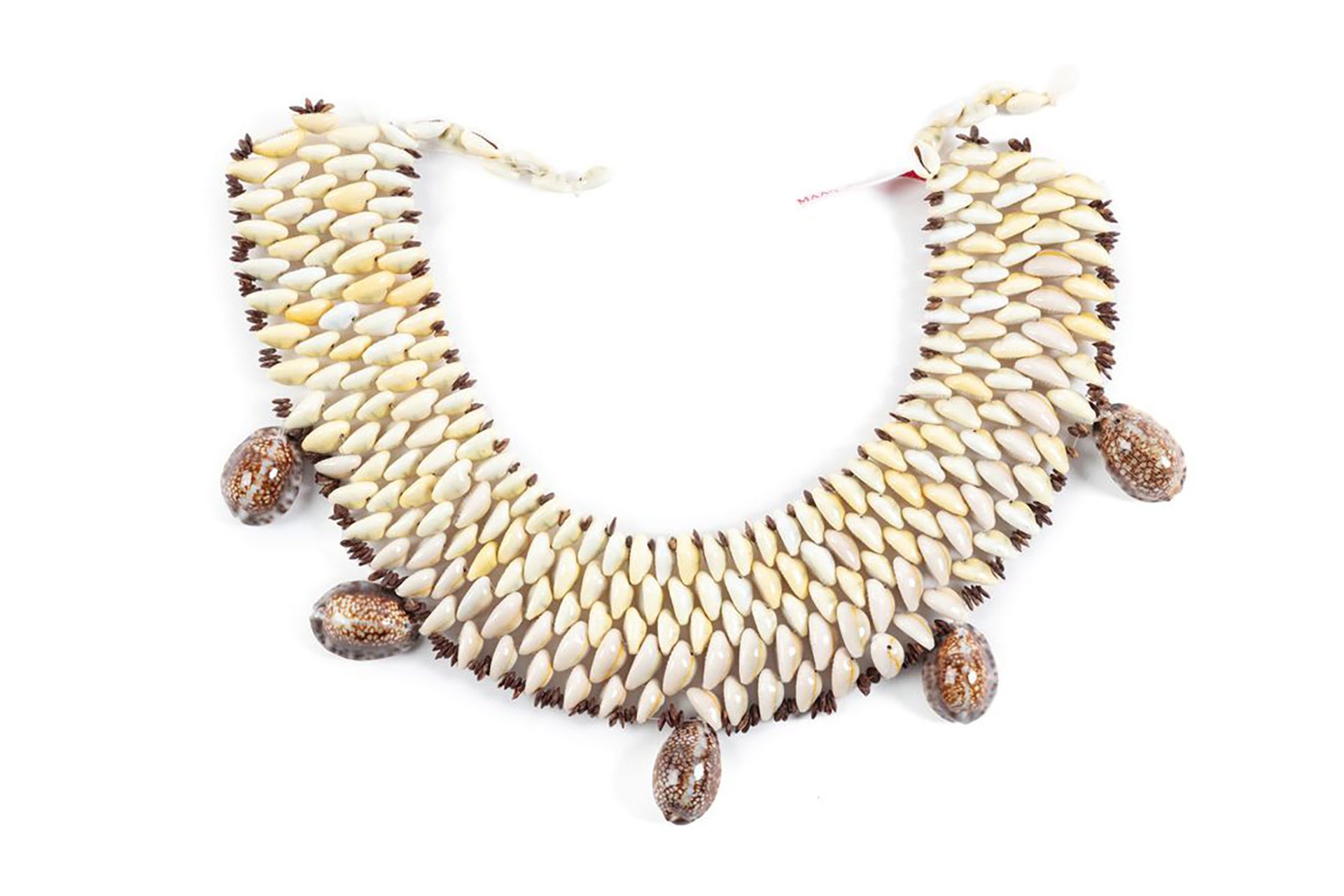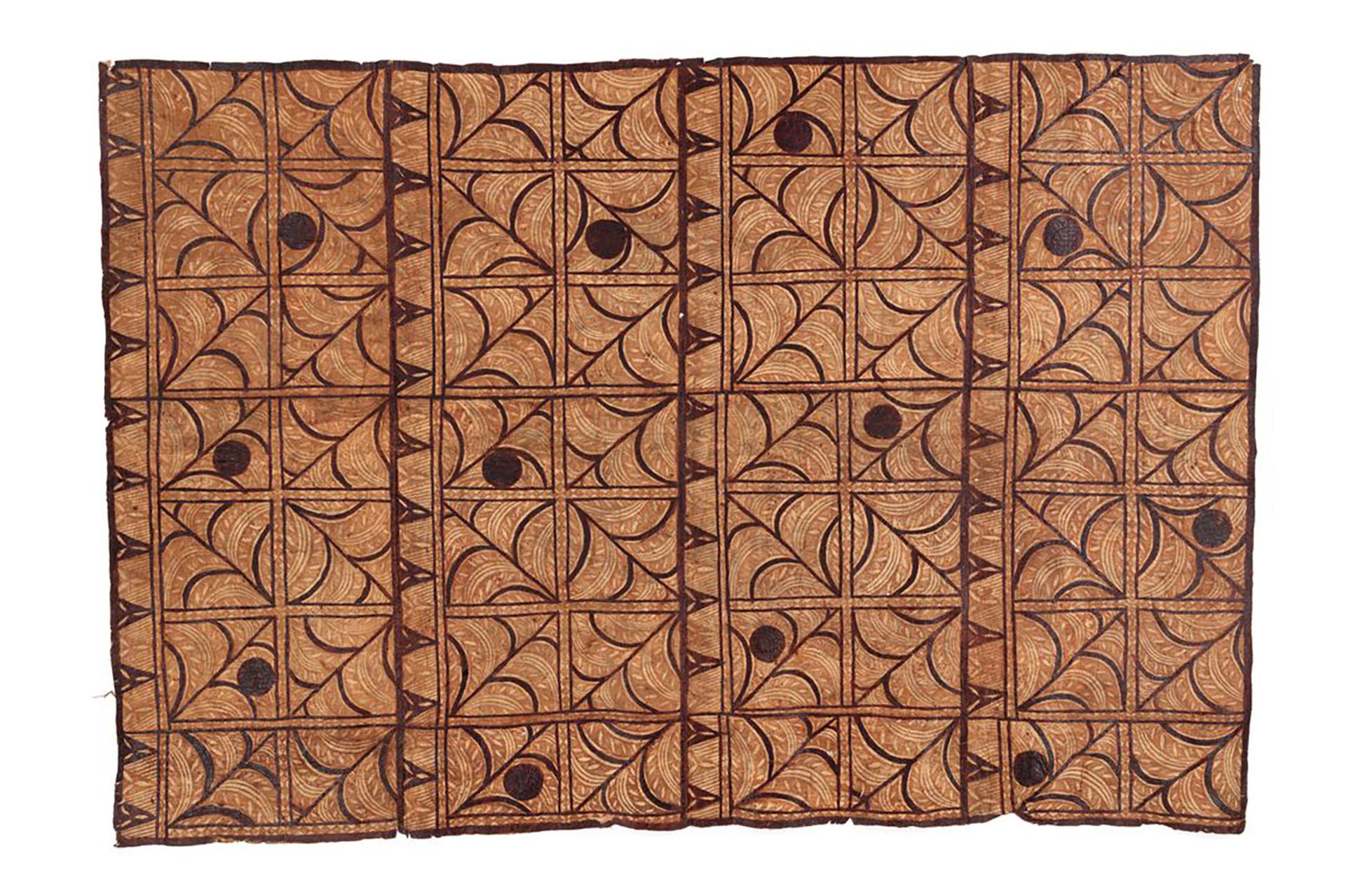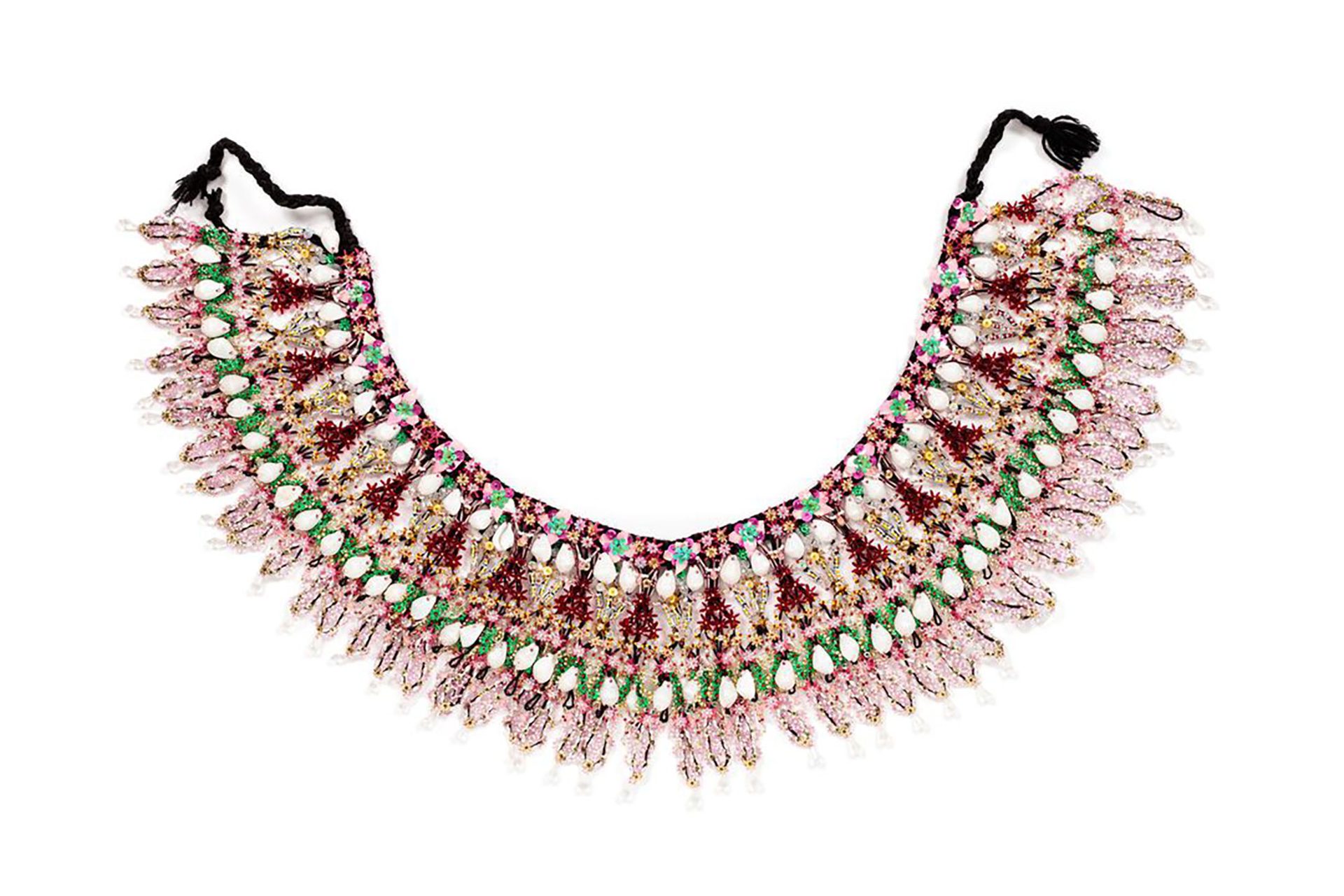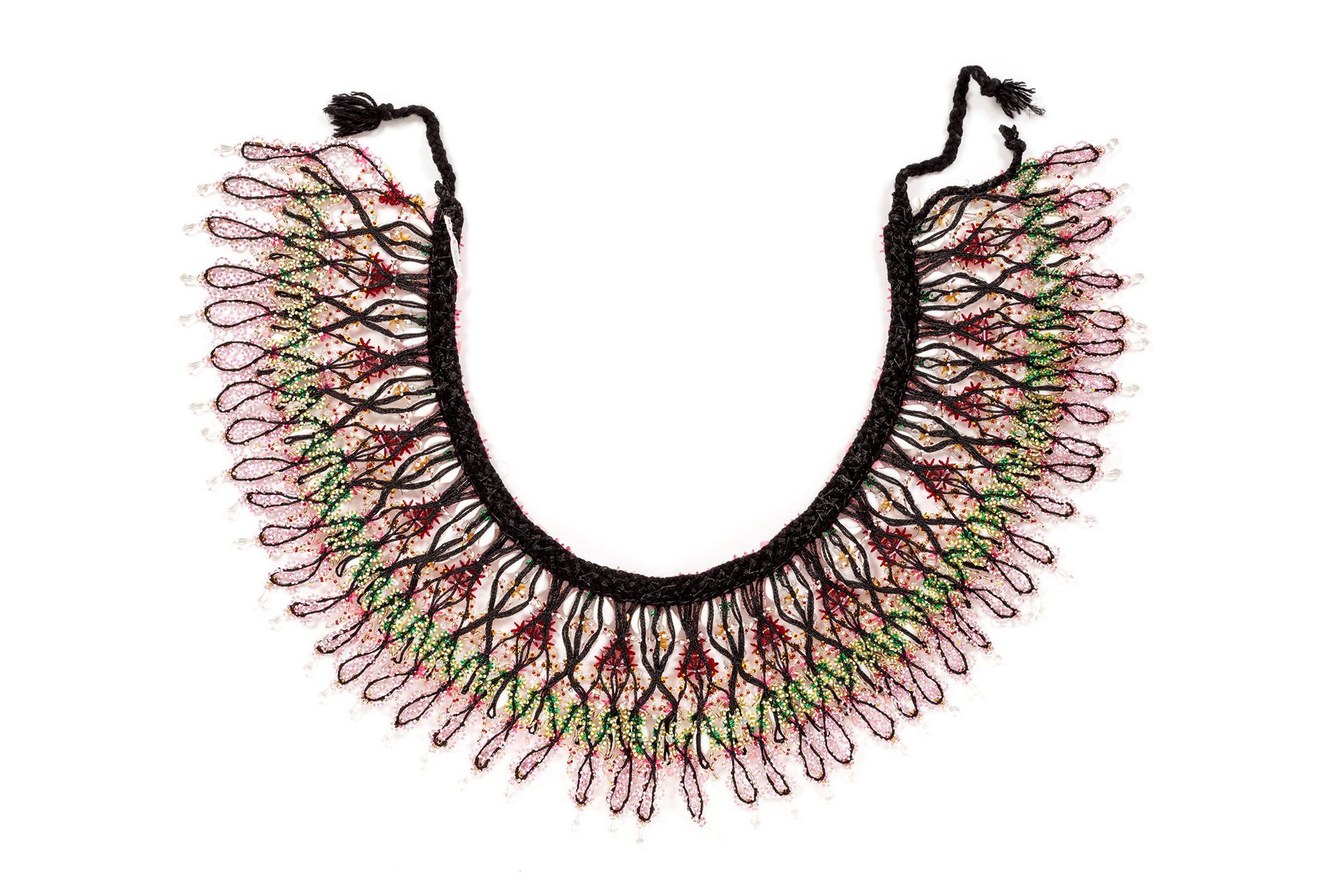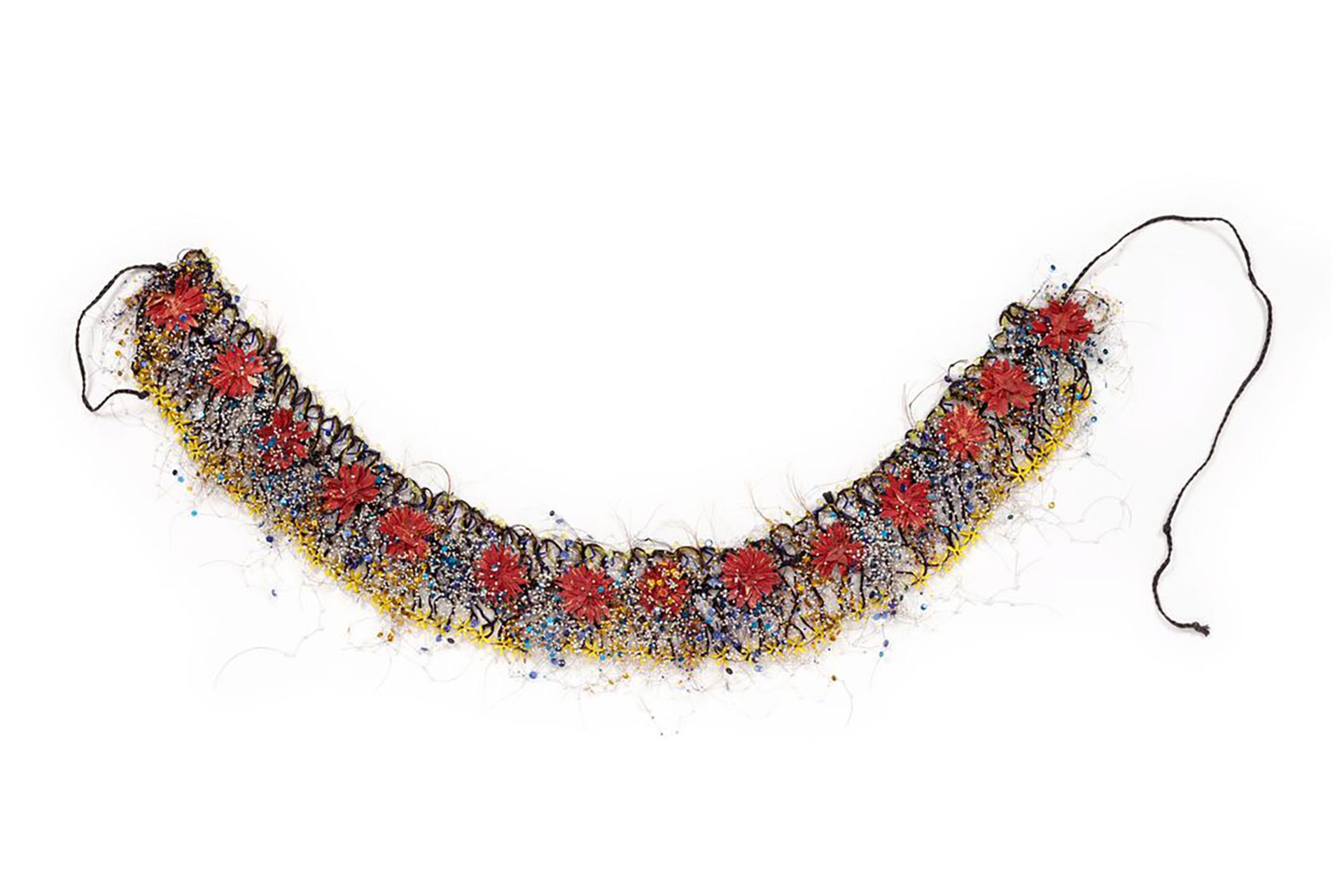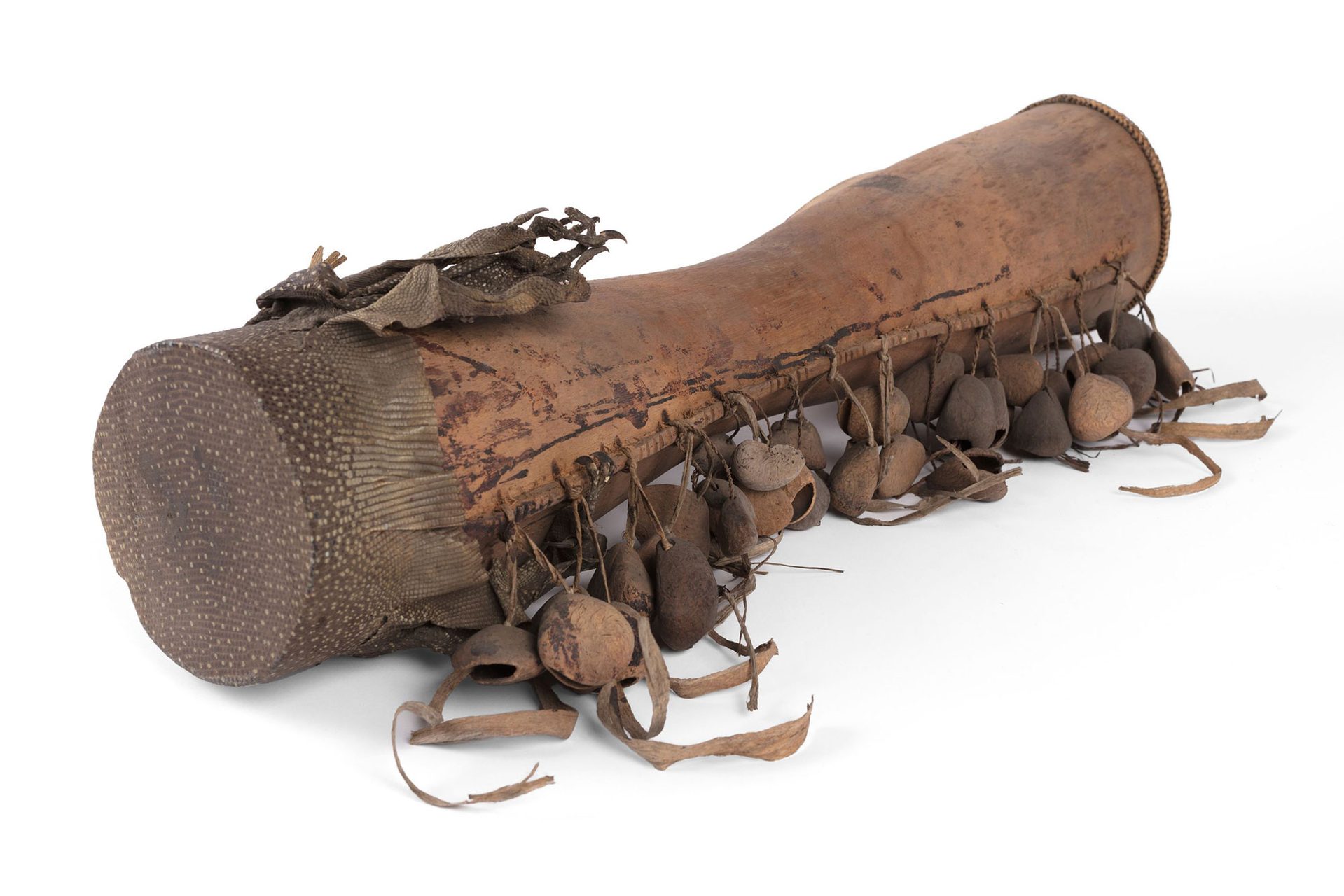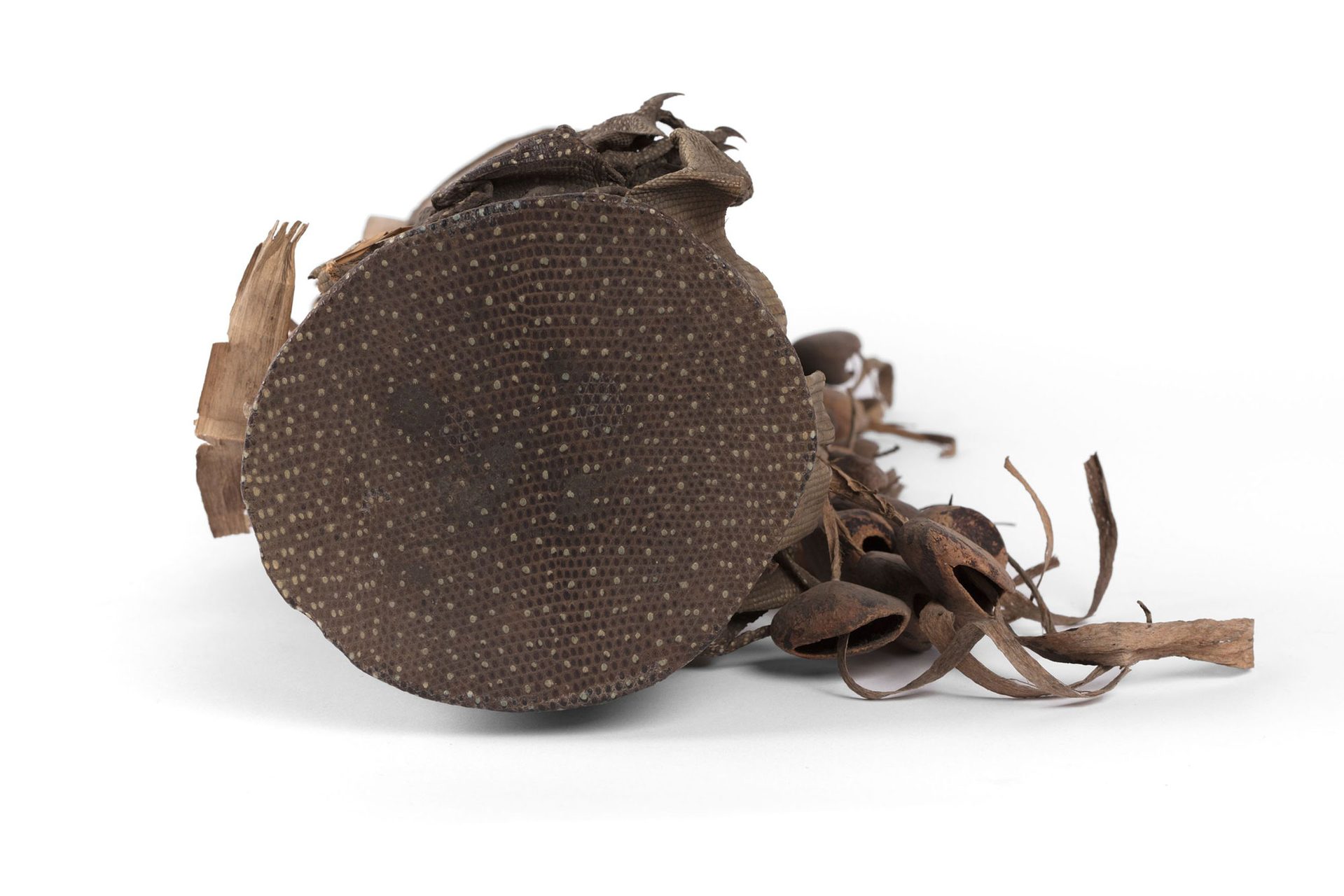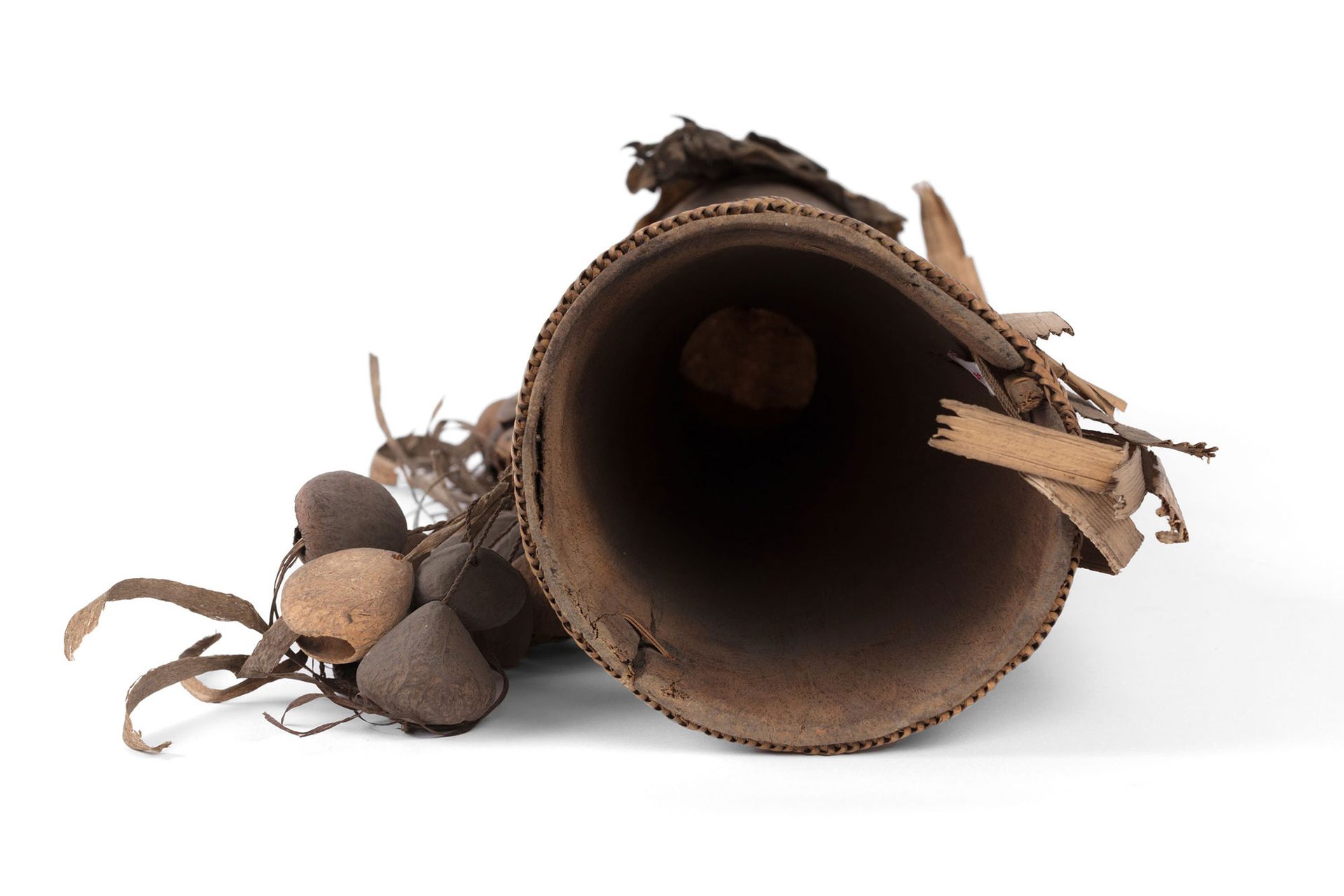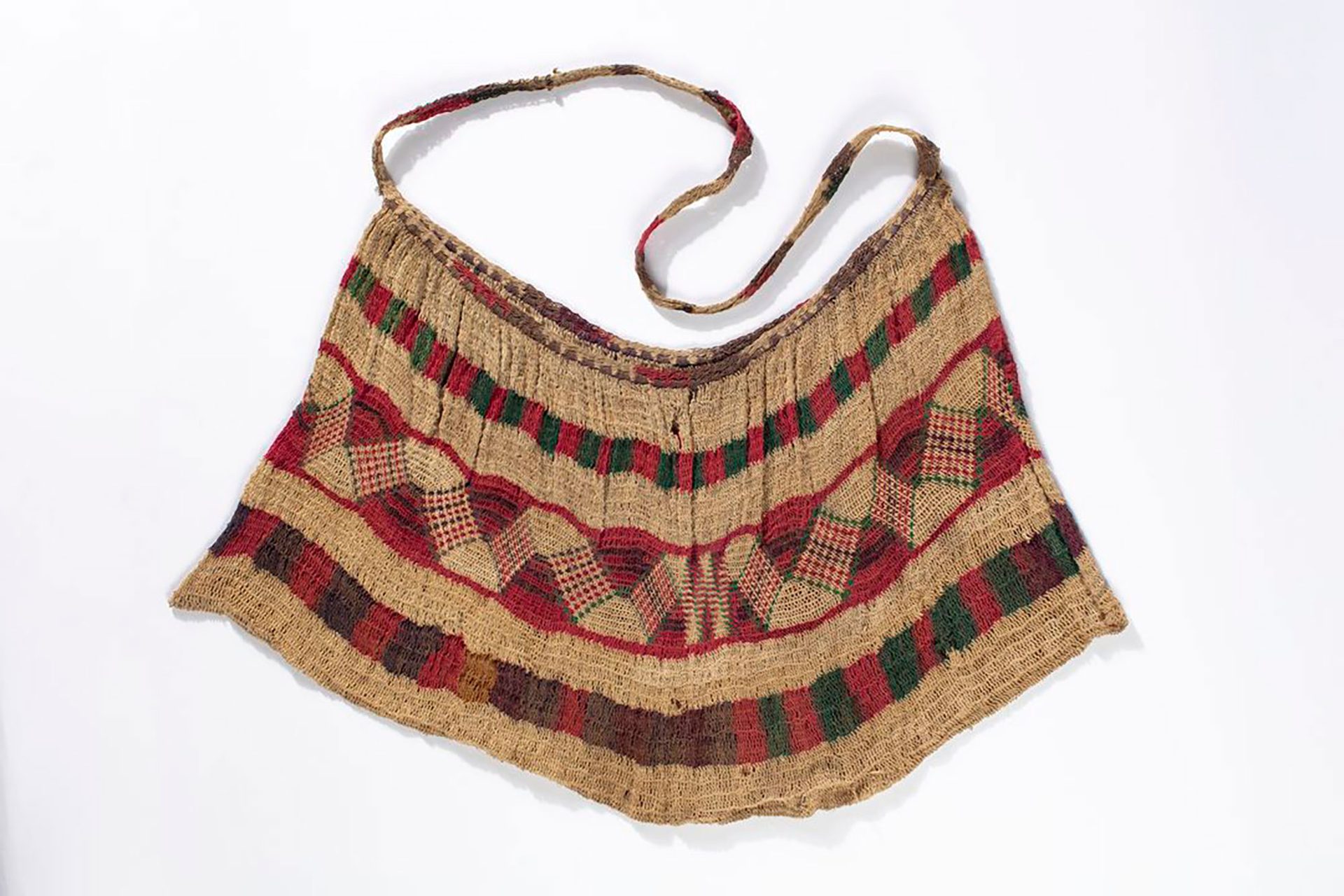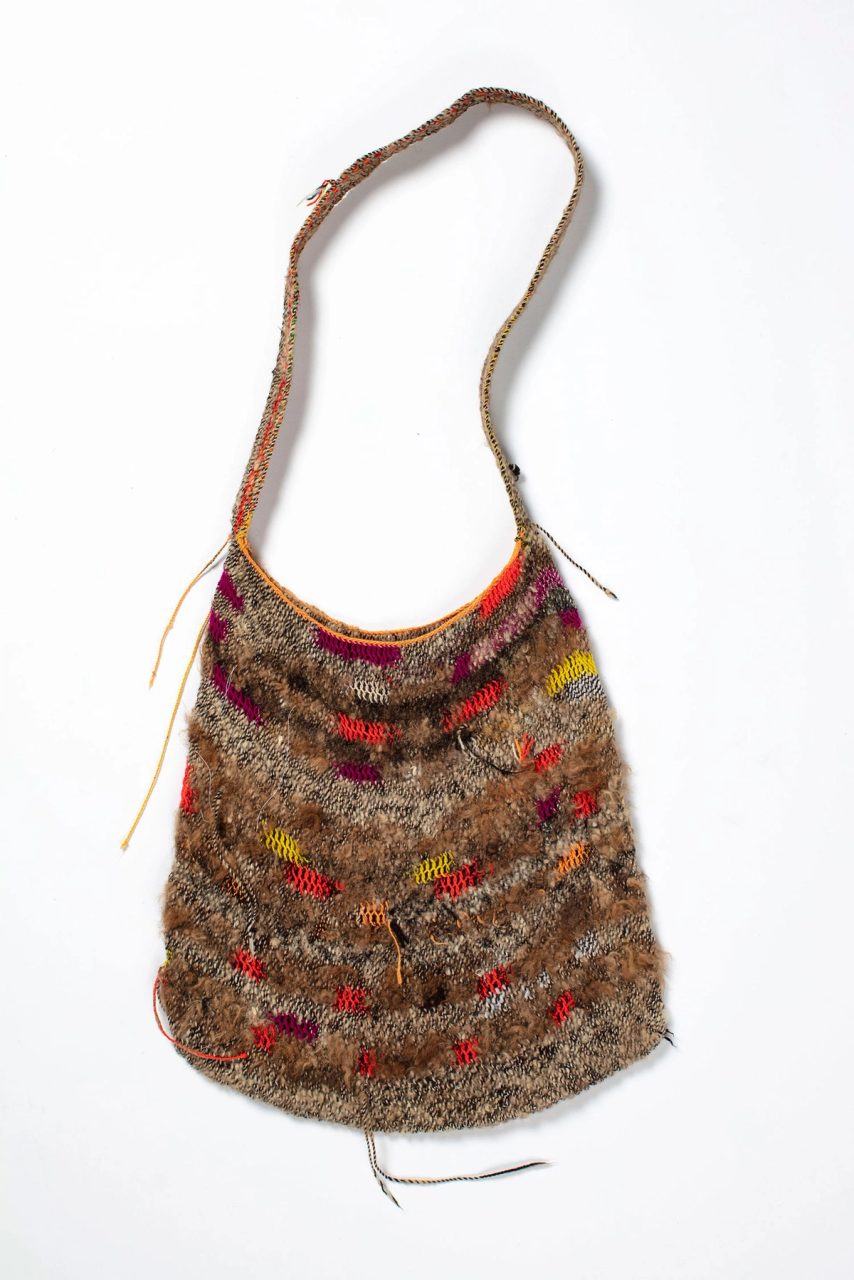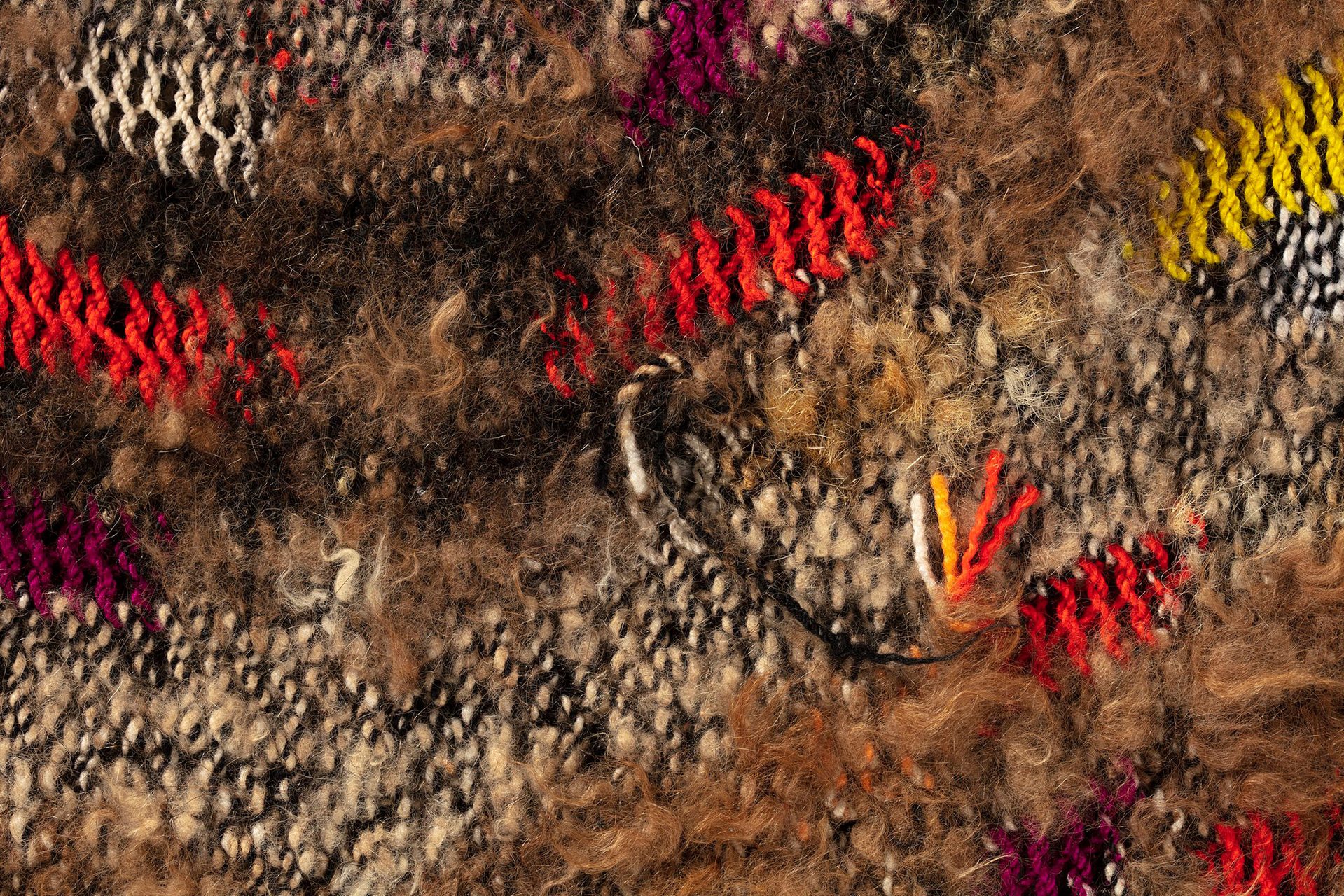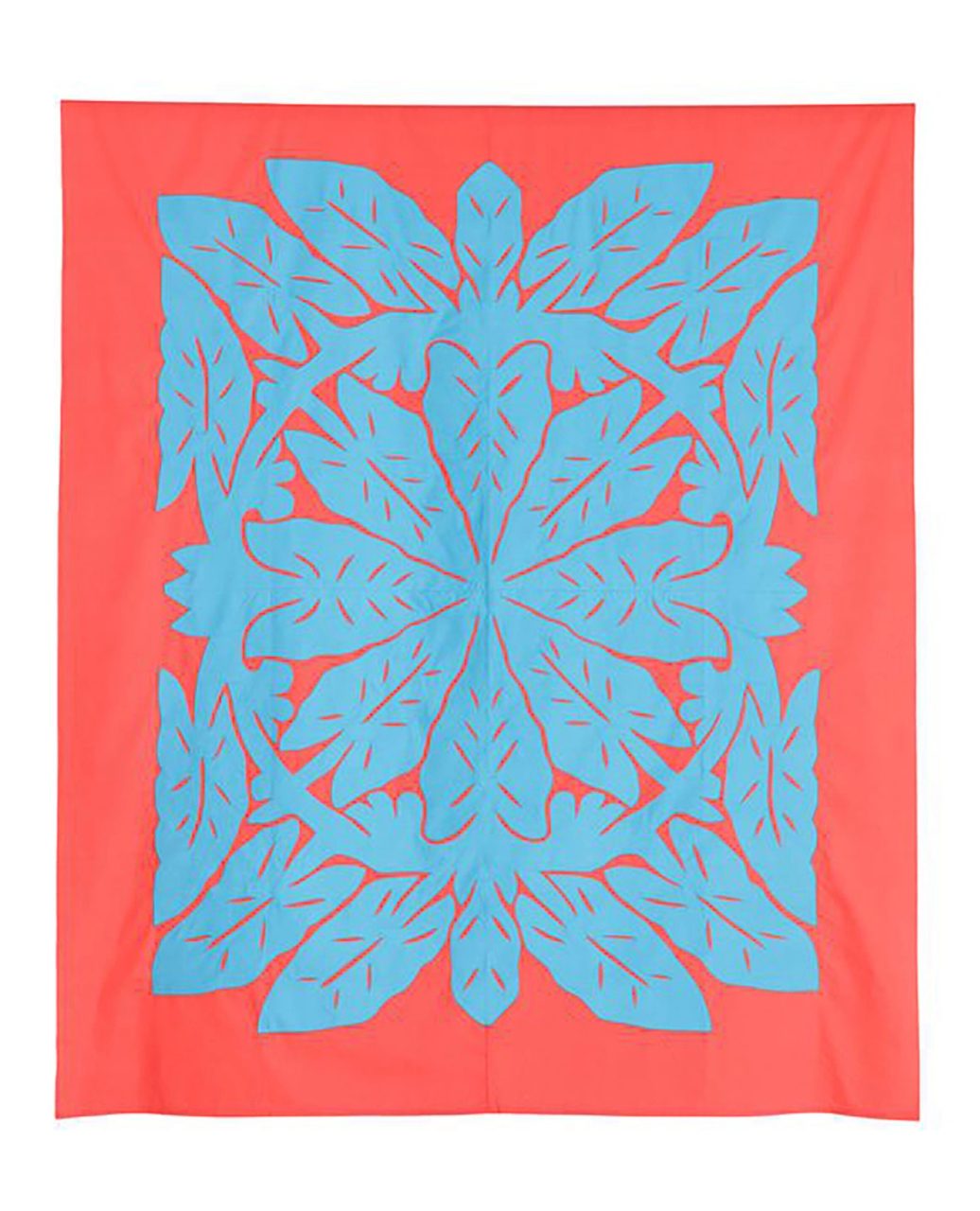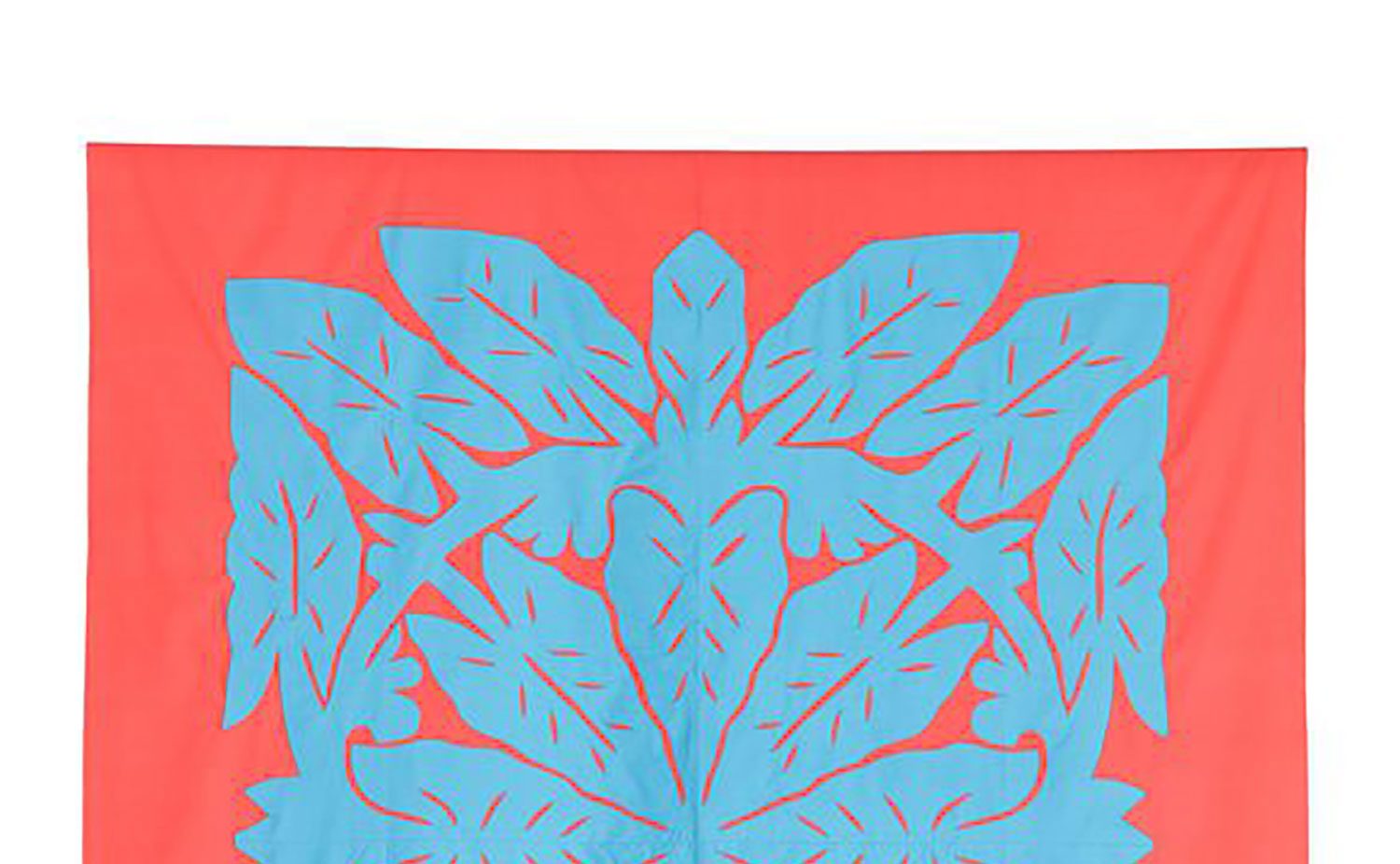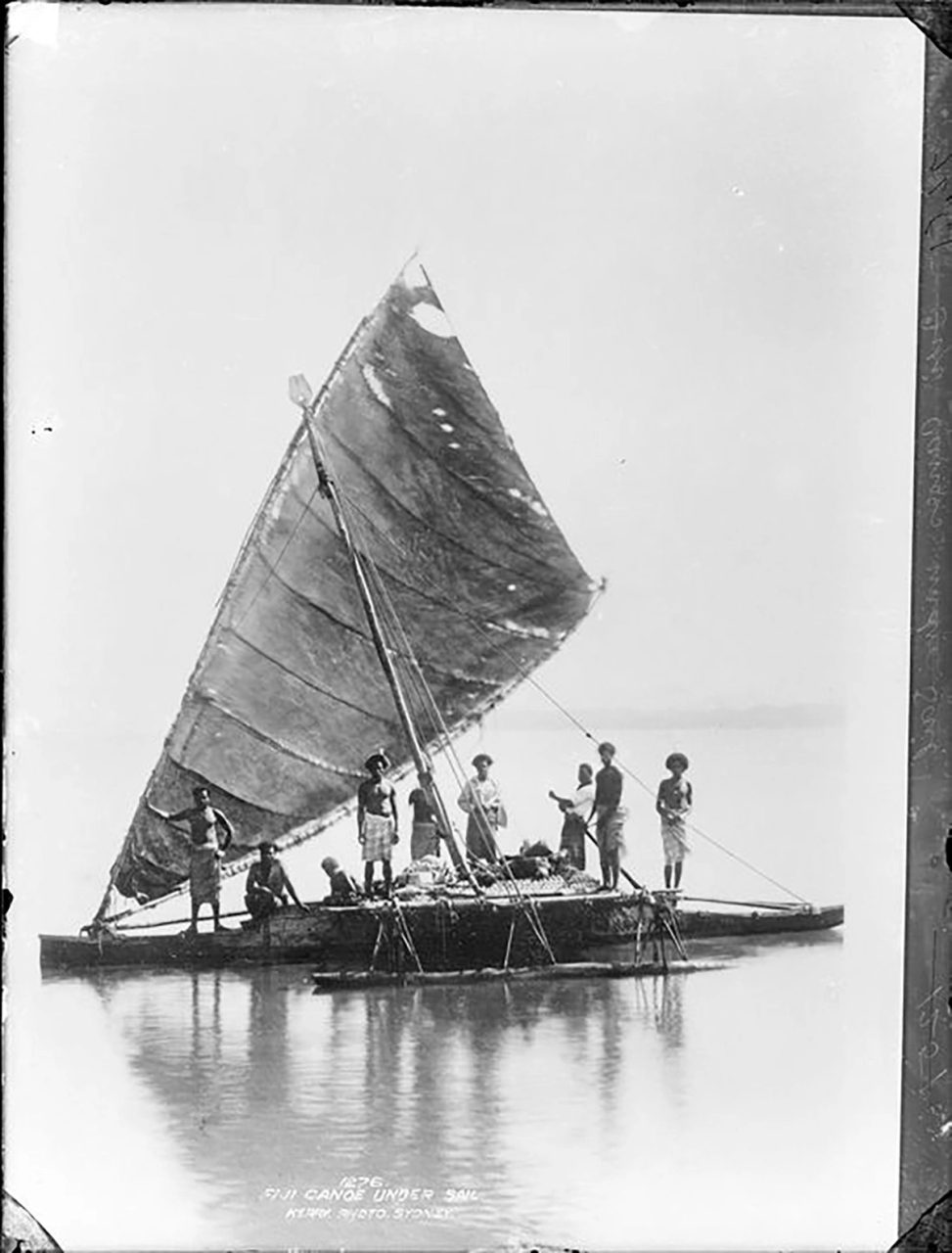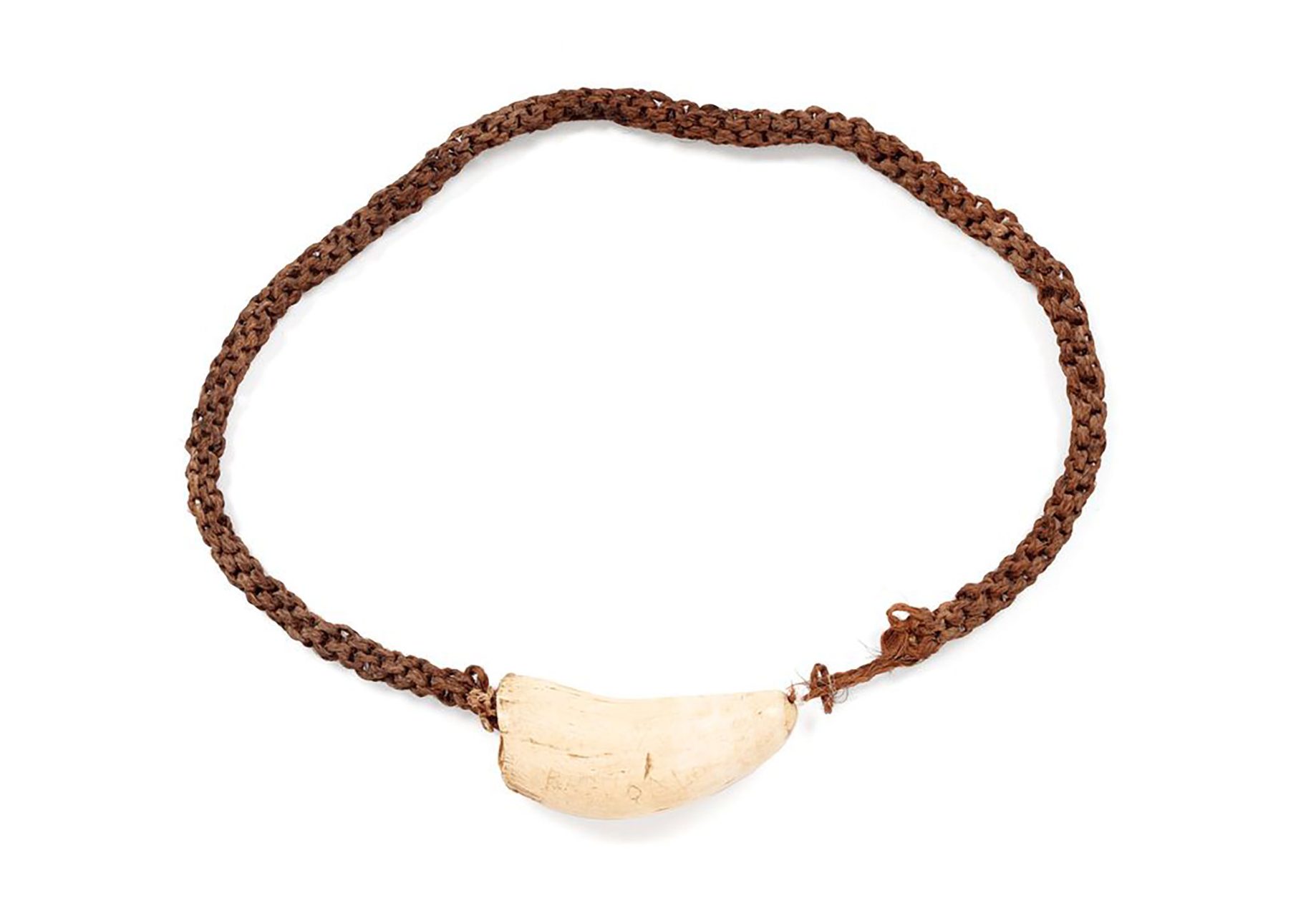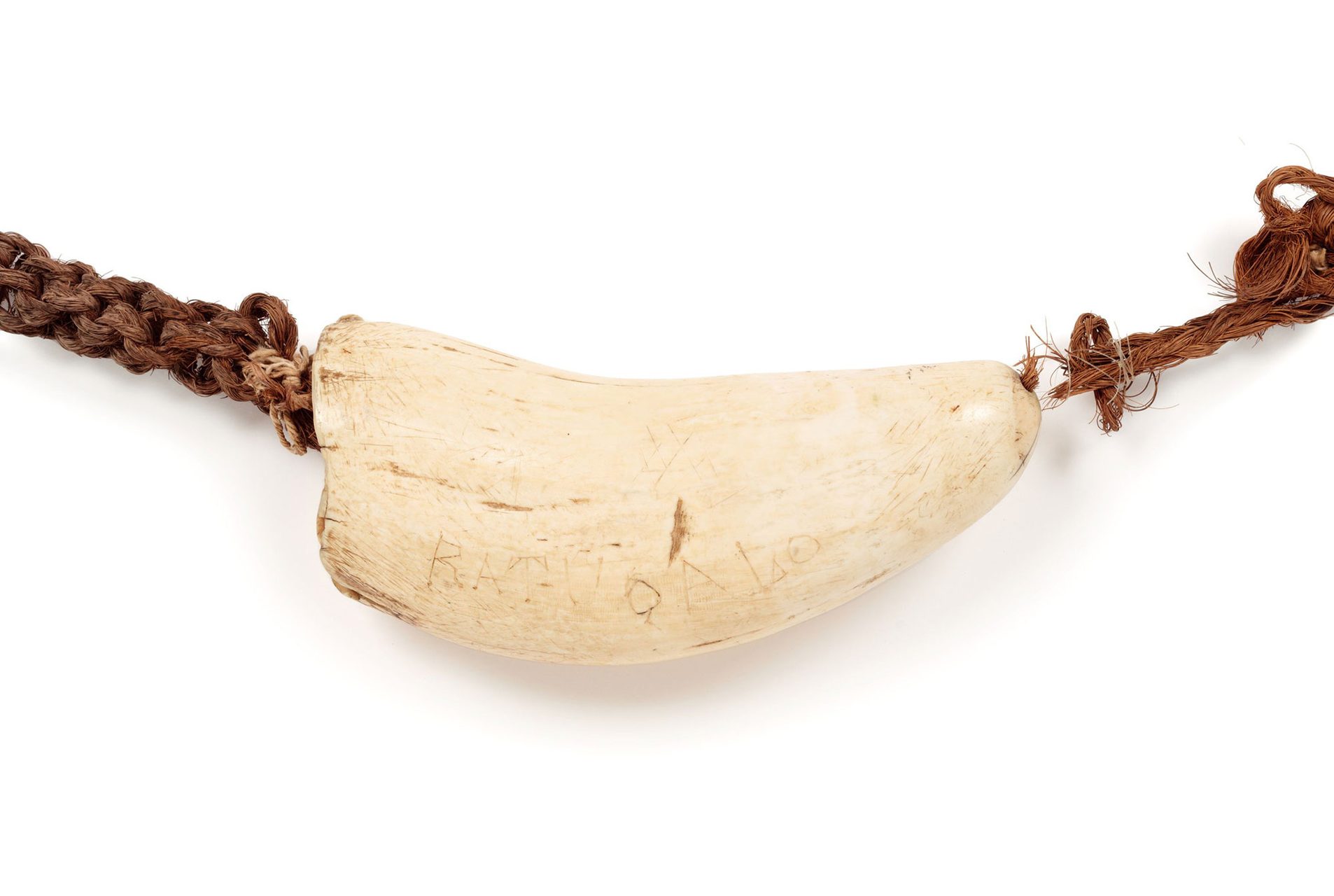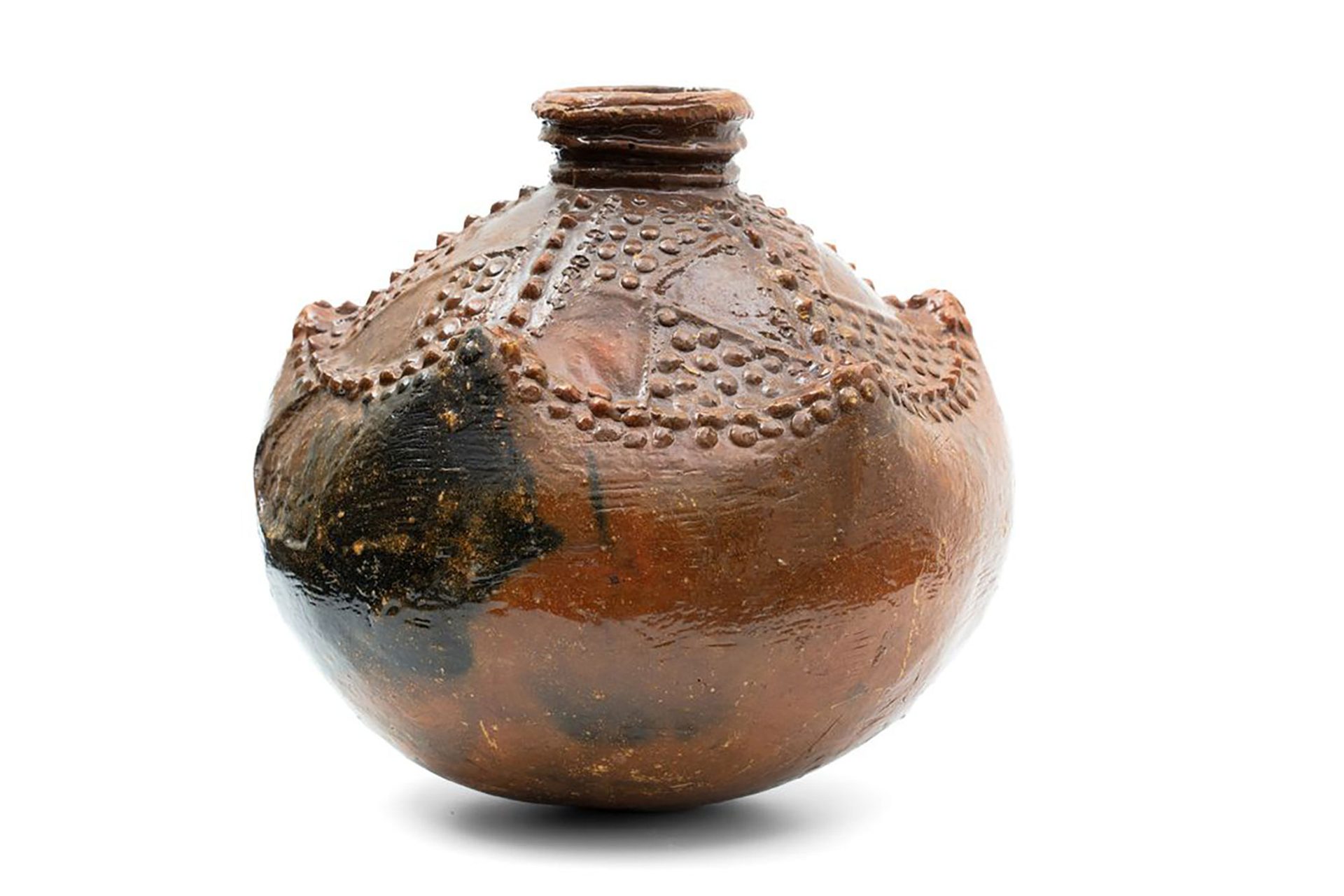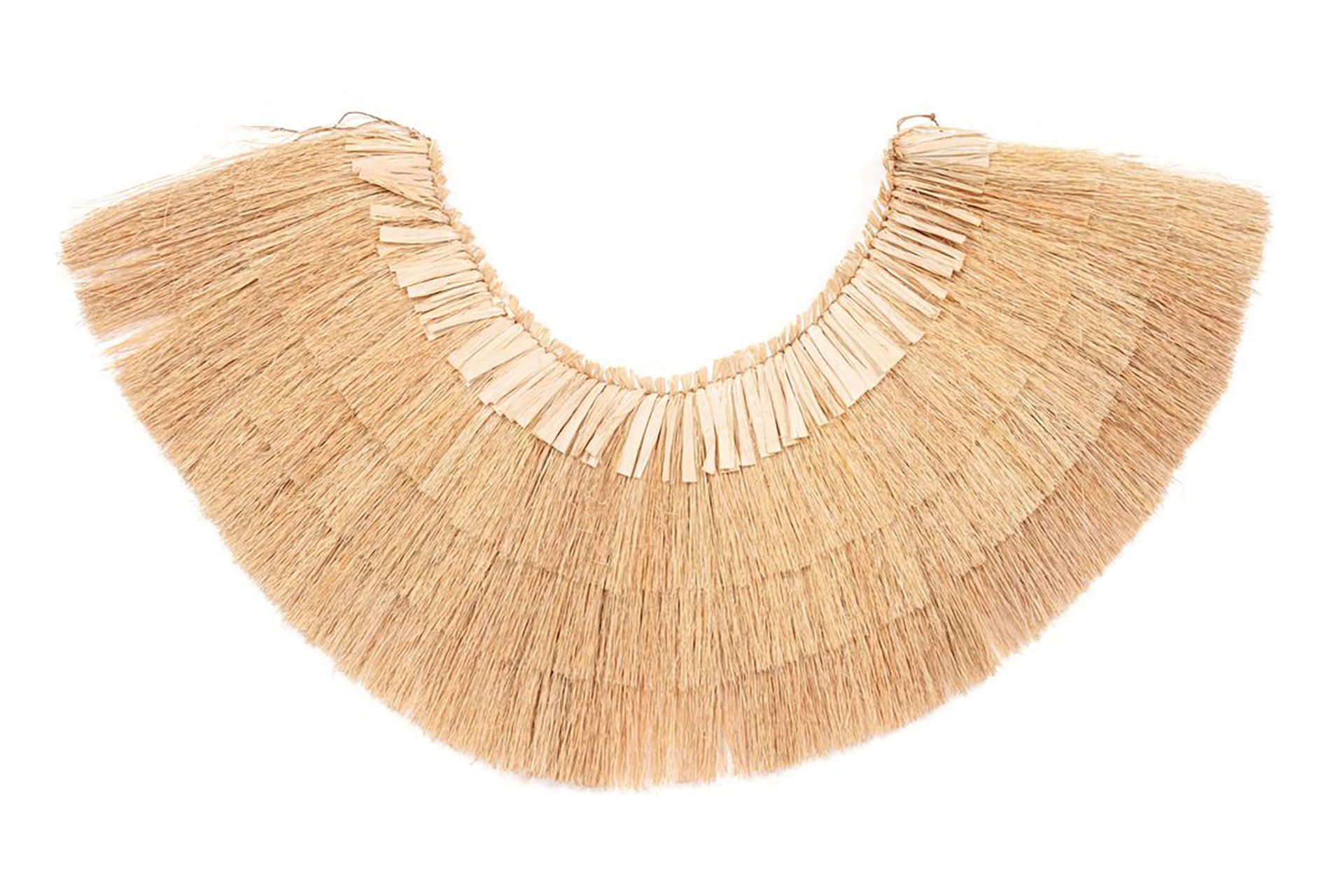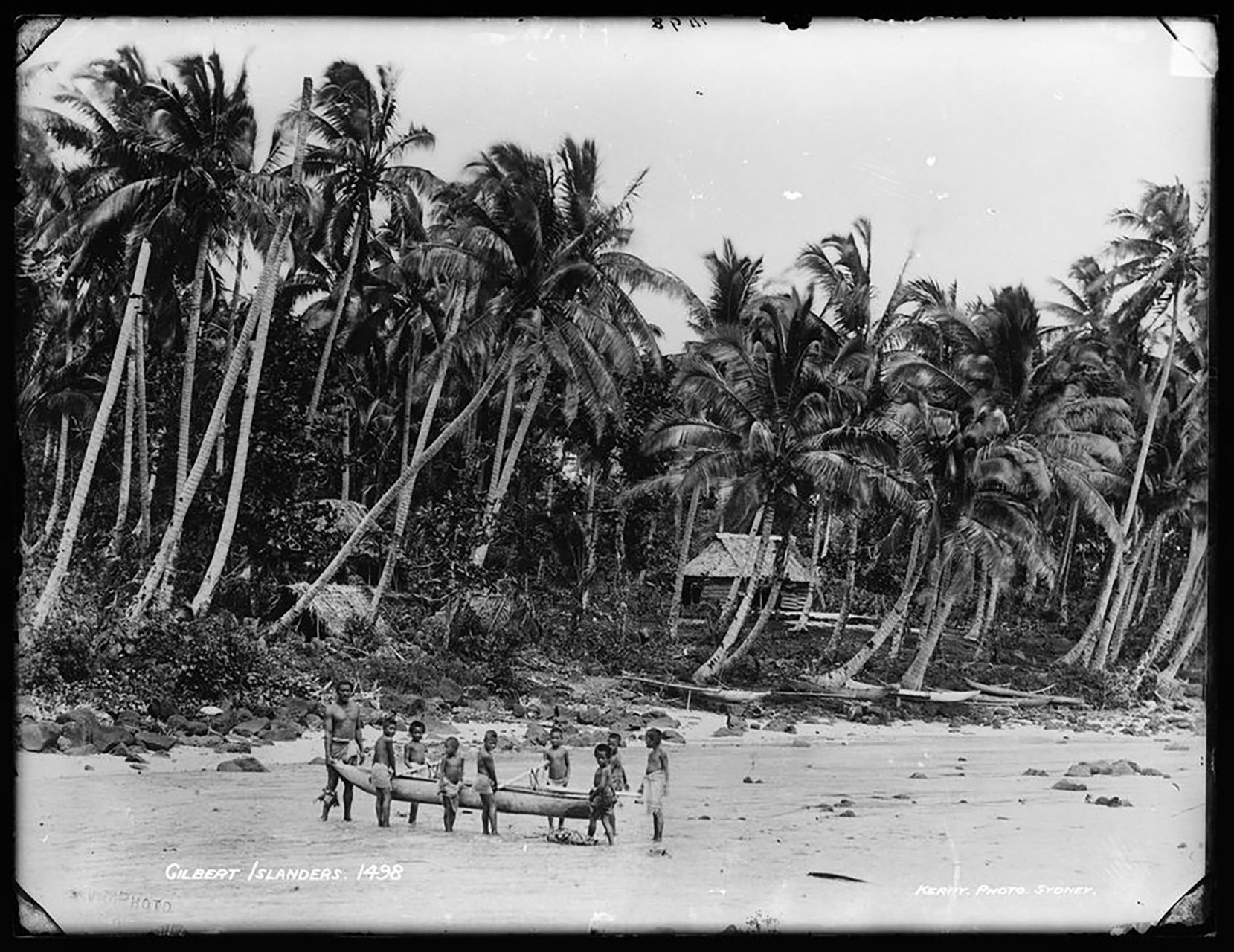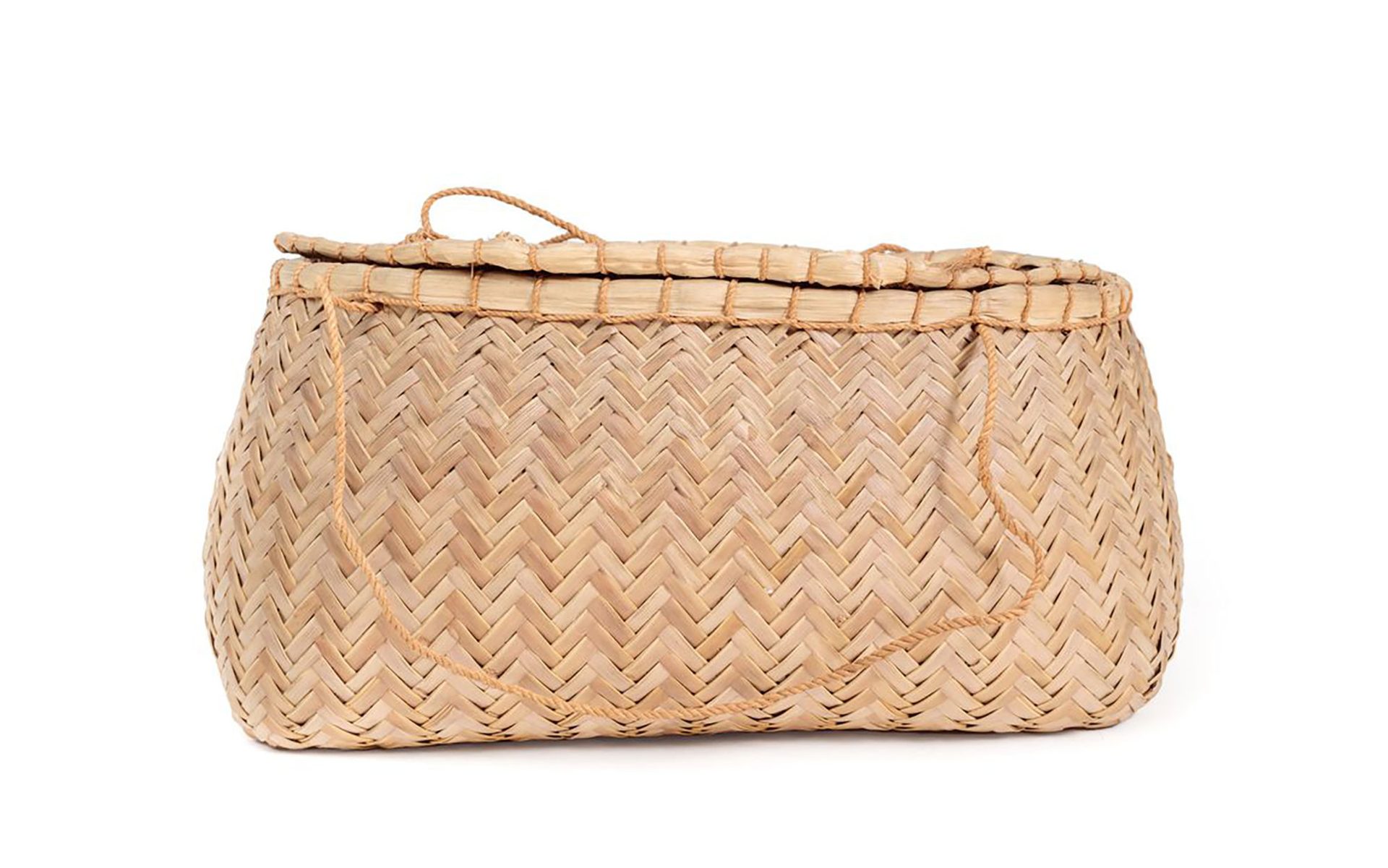Treasure Islands

A partnership with Powerhouse and Arts and Cultural Exchange, Treasure Islands follows Leo Tanoi and members of Sydney’s Pasifika community as they share the stories of cultural belongings from Sāmoa, Tonga, Papua New Guinea, Cook Islands, Fiji and Kiribati held in the Powerhouse Collection.
‘If you don't know your past you will never know where you're going in the future.’
‘The Sāmoan word for white man, or European, is papalagi. In a lot of maritime records we see the people describing the Polynesian boats as very small with the mast very low and very quick, and that their boats used to circle around the big European boats. So, when the Sāmoans first saw the European boats come bursting out and into our world, the kids went, ‘Papalagi, papalagi’ – the mast that went to the top of the sky.’
‘A siapo like this would have been made by women of the village, the women's committee. I also think of the stories that would have been told while they were making it. I would have thought of their life challenges, their heartaches and their happiness.’
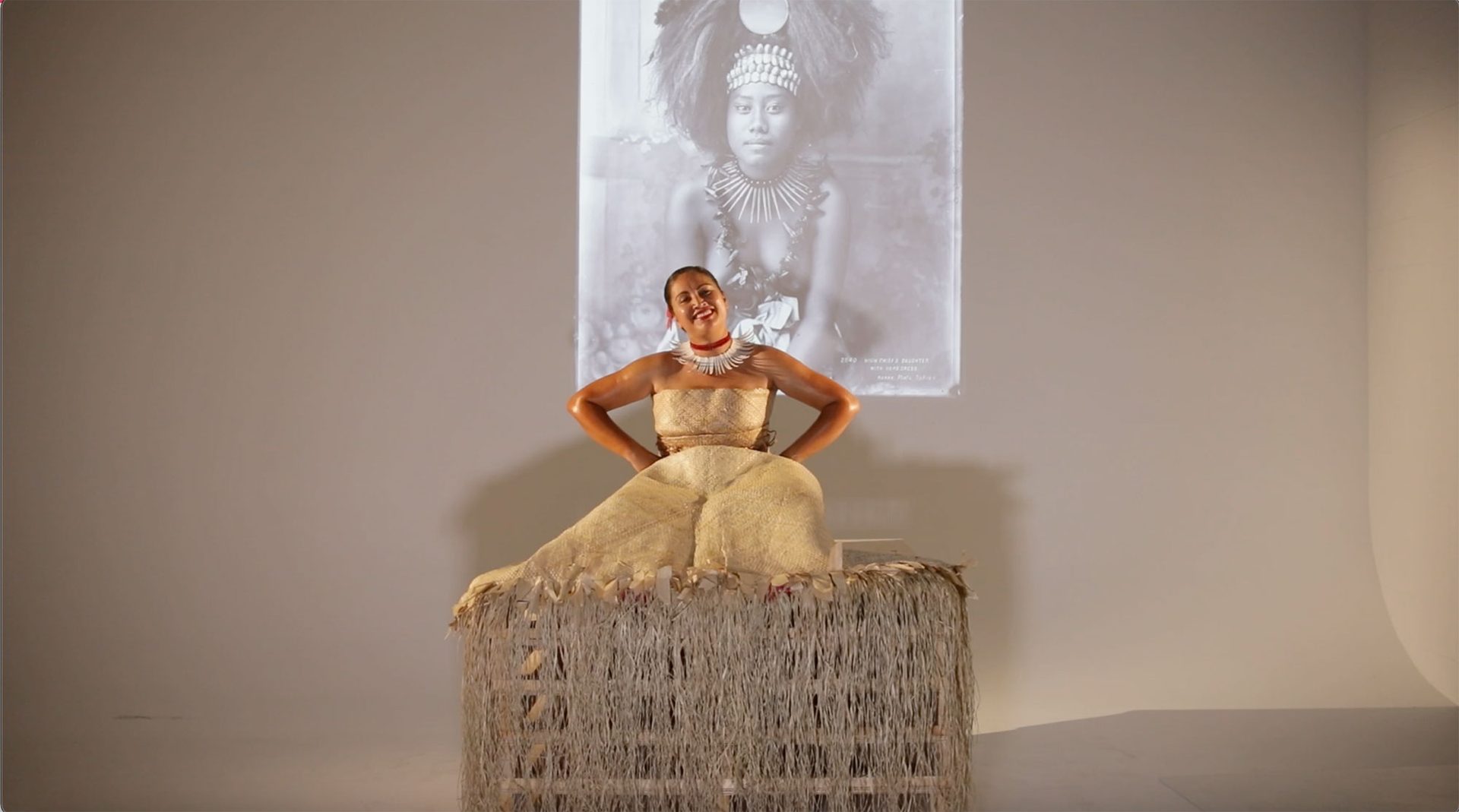
‘Our history, our legends, our mythology teach us that women were warriors. And here we have a high chief's daughter, a taupou, seated in the picture...Our history tells us that women were matriarchs and we do not need to look to Western constructs of gender equality.’
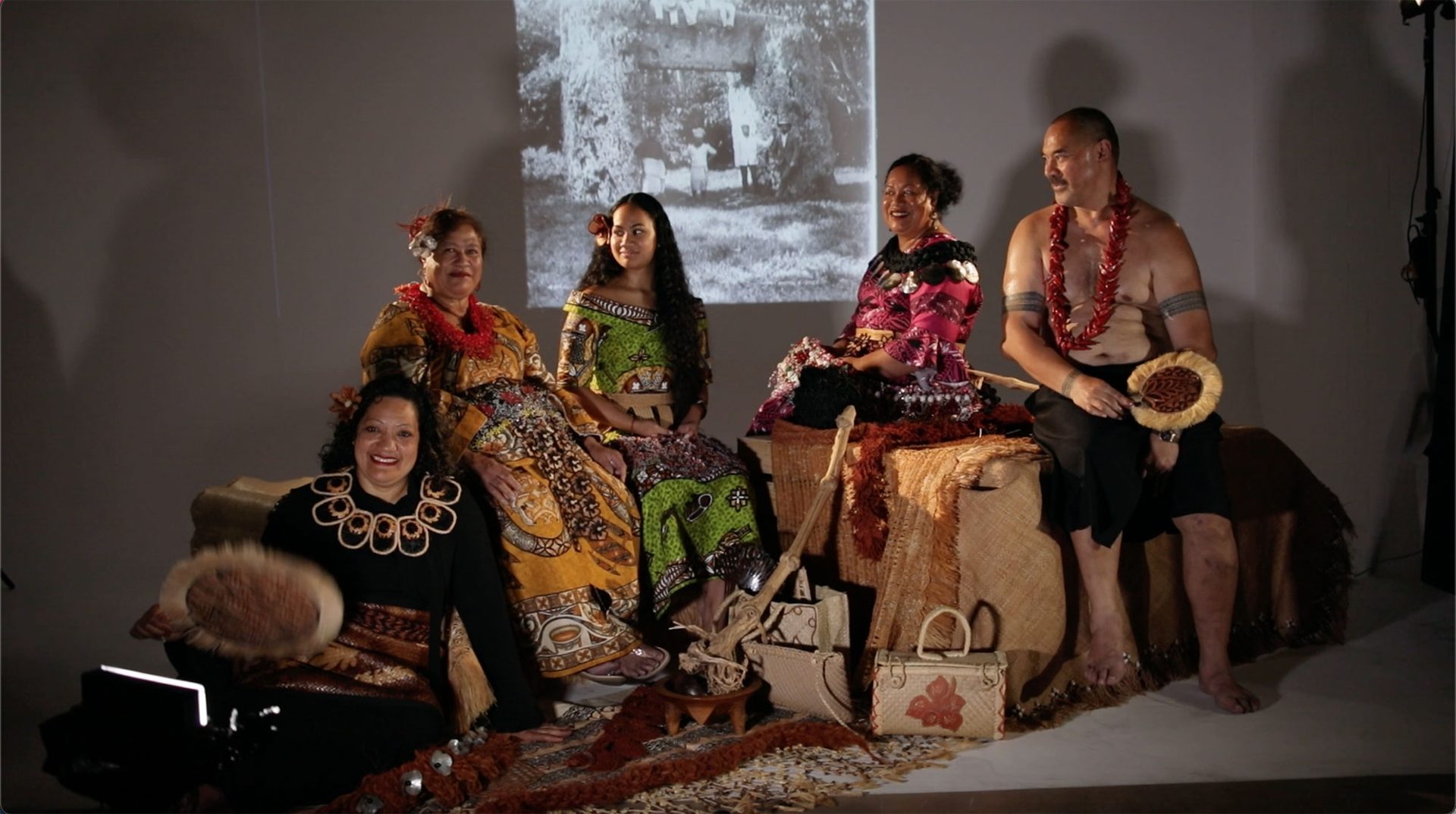
‘I think it's our responsibility as the first generation of our migrant parents to learn how to make these items because they are very important to our culture and they represent our Tongan identity.’
‘Kafa; we usually put it on top as a decoration. We use modern stuff here. I made this for the White Sunday. My grandchildren, my children and then my grandchildren have to wear them.’
‘White Sunday in our church is like a Christmas because everyone is shining with a different costume, different beads, different kafa necklace, the bigger kafa, the shinier ... the better looking you are on that day.’
‘I would encourage every Papua New Guinean ... any wantok out there ... whatever culture you come from, understanding one, where you come from, your roots are the number one foundation.’
‘The most popular name in almost every part of Papua New Guinea from the Highlands to the Coast is kundu, or kundu drum. The main purpose is to go with the dancing steps, single beat, double beat, triple beat ... I think you can feel the energy of the person, the vision or the spiritual connection to this thing.’
‘The bilum ... it serves a lot of purpose ... as a gift, to put small items, to carrying a baby. It's just multipurpose.’
‘They dye them [bilums] but the design also tells somebody's identity. There could be a story, there could be something special about where they have come from … And you will notice there's something special on it – that's a fur of a possum.’
‘A people without the knowledge of their culture, their traditions, their customs are like a tree without roots.’
‘This actual tivaevae was created, it takes more than a year to do, it was created in 1992. If you look at the colour of the leaf, it's supposed to be green, but this particular one, she [Teata Ruapuna] said to me one day 'It's the reflection of the sun that changes the colour.’ ... When she looked at the sun shining on to the leaf, it changes the colour.’
‘When it's cut the top piece is folded into four ... half and then half again and then this is where the magic of the scissors are. Sometimes we call it genius, the artist hand ... And then when it's opened again you see the pattern. But the interesting thing is they don't use computers to create these designs. It's all in here. It's all in the head.’
‘Meke is what the dance is about. So, when we do meke anything we do regarding dance, this is the attire we normally use. This is all part of the tree, masi tree.’
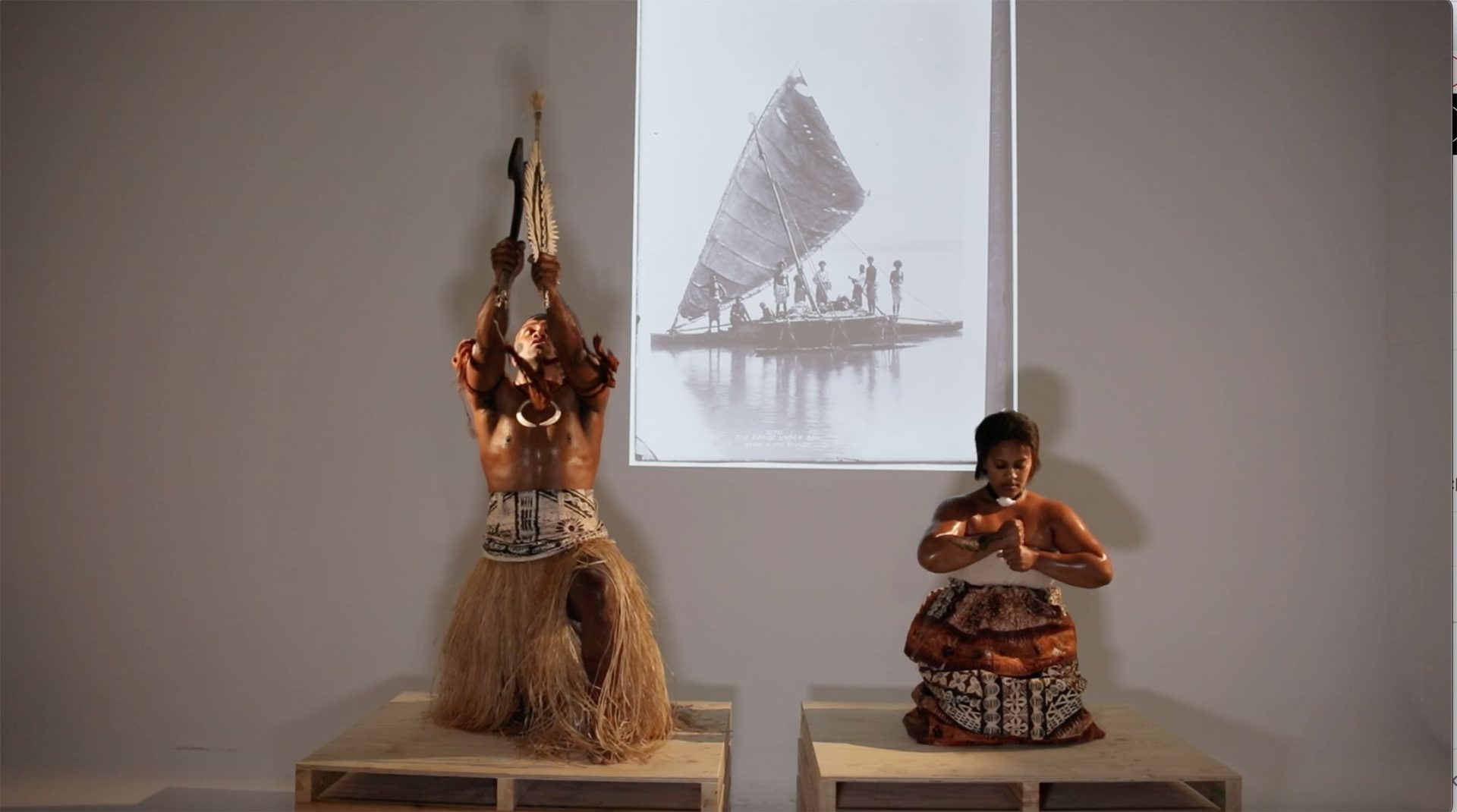
‘We have a lot of creative ways of travelling and this is by far one of the best. Fiji is known for the canoes and the way they style it.’
‘We call this one the waqa vakaviti or Fijian canoe … My surname Karikaritu ... it's also the part of the canoe. As you can see, the long timber that holds the sails together. The bottom one is karikarisiva and the long one that gets in the race, that is a karikaritu.’
‘Tabua is split into words, ta meaning cut and bua is a flower and the branch of the bua is carved into a shape of this whale's tooth. So, before the whale's tooth they were using that frangipani tree ... And that was what our ancestors used to use.’
‘When the Europeans started coming in … they brought in the whale's tooth, which is now what we use as a form of exchange. But nowadays it's become very scarce.’
‘My mum, she's very smart in making different kinds of tuli tuli. I always help my mum doing the tuli tuli. It takes time. That's like maybe one month's time in preparing the tuli tuli … We use this to collect water, keep water. It's like a container.’
‘This is what we call te riri ... Te riri ne maie – dancing skirt ... I've not seen a Kiribati dancing skirt made so wonderfully. The resources, or the materials used in making of this skirt is the coconut leaf, which is the palm tree family.’
‘To put this together we use the coconut husk. We husk the coconuts while they're green, put them in the sea, leave them there for about a week to soak them and make them soft. We then go back to the water after a week. We pound the coconut husks so that it spreads out. We dry them, then we make coconut strings out of that.’
‘It [the canoe] can also be made out of a trunk of a tree which is called in Kiribati, te itai. Te itai is very similar to the magnolia tree, the very big, large trunks. So, they cut those trees and then they make the canoes out of that. They dug them out or dig a hollow in the middle ... We call it te wa.’
‘As more of the Kiribati community come overseas already, I can see it in myself, living in Australia is quite hard to practice those traditions and if the whole Kiribati community are living elsewhere, what would that mean for our traditions and our culture? It would pretty much just be wiped out, essentially.’
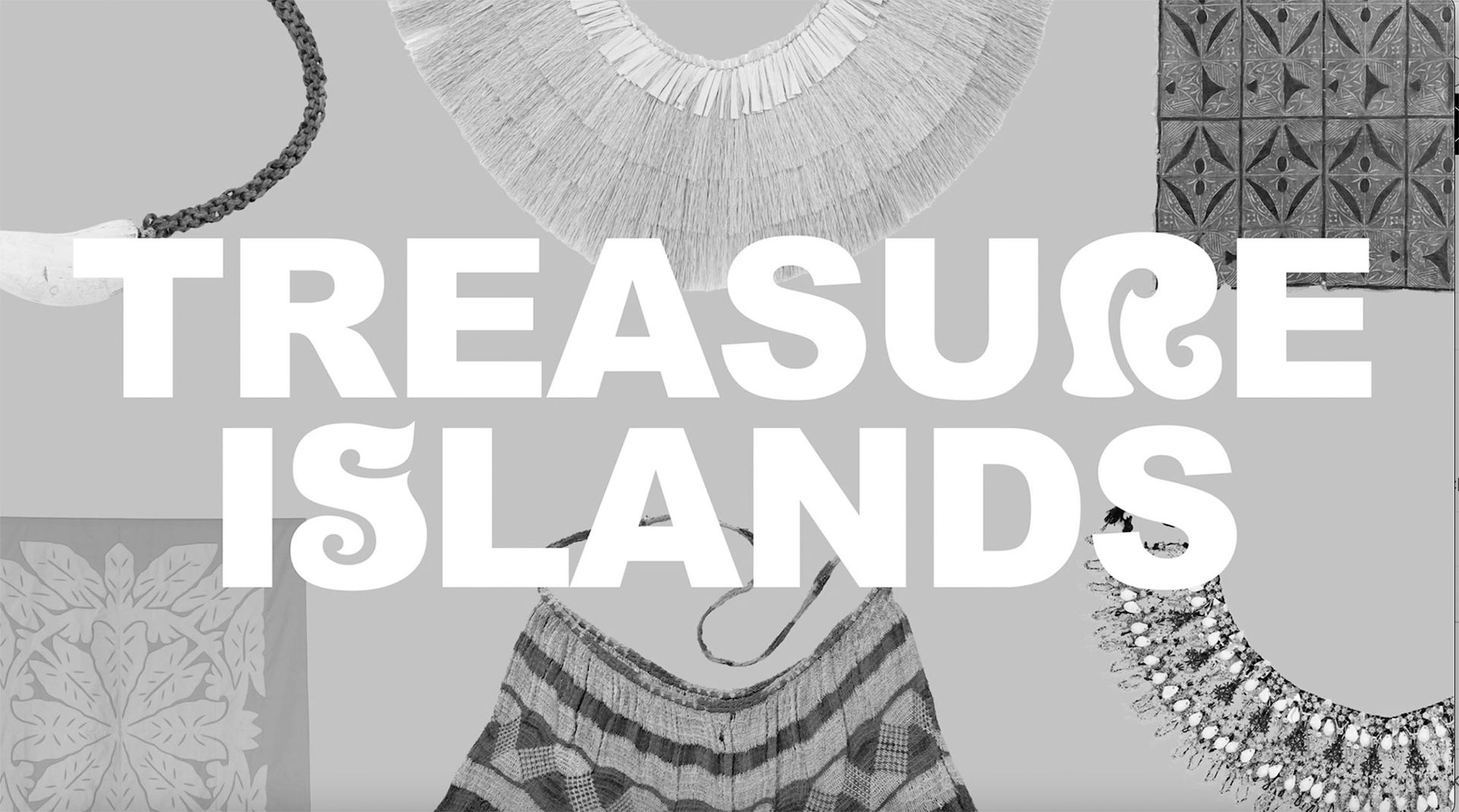
Treasure Islands
Creative director: Leo Tanoi
Creative producer: Victoria Harbutt
Videographer: Greg Semu
Editor: Lyndal Irons
Assistant curator: Vanessa Jacob
Program producer: Anne-Louise Dadk
Conservator: Bronwyn Dunn
Contributors – Samoa:
Maryjane Schwenke, Moemoana Schwenke
Contributors – Tonga:
Sela Smith, Kalisi Holani, Lavinia Veikune
Contributors – Papua New Guinea:
John Kewa, Roger Datt, Margret Kewa, Martina Kewa, Milena Kewa, John-Ryan Kewa, Emmanuel Waiya
Contributors – Cook Islands:
Sarah Ruapuna, Ben Ruapuna Jnr, BJ Ruapuna, Brianna Ruapuna, Tolyma-Night Ruapuna, Lena Ruapuna, Johnny Taramia, Bubbah Tiati, Navera Ruapuna, Christine Hecoitt Tuapou, Christian Reva-George, Ngatokoa Hewett, Toto Hewett, Rota Williams, Magaret Nekaere, Victoria Bishop, John Bishop, Victoria Charlie, Pio Charlie, Harlowe, Haly, Onyx, Justice, Broncos
Contributors – Fiji:
Ilikena Karikaritu, Grace Silatolu
Contributors – Kiribati:
Bessie Bowry, Lily Gubbay, Brayeta Barenaba, Tiana Barenaba, Mark Bowry, Esther-Lily Mau’u, Ecclesia Mau’u, Liz Mau’u, May Lai, Tiana Van Gestel
With thanks to Carey Ward, Scott Winston, Sharon Mifsud, Alison Leeson, Alison Brennan and Sophie Harrington.
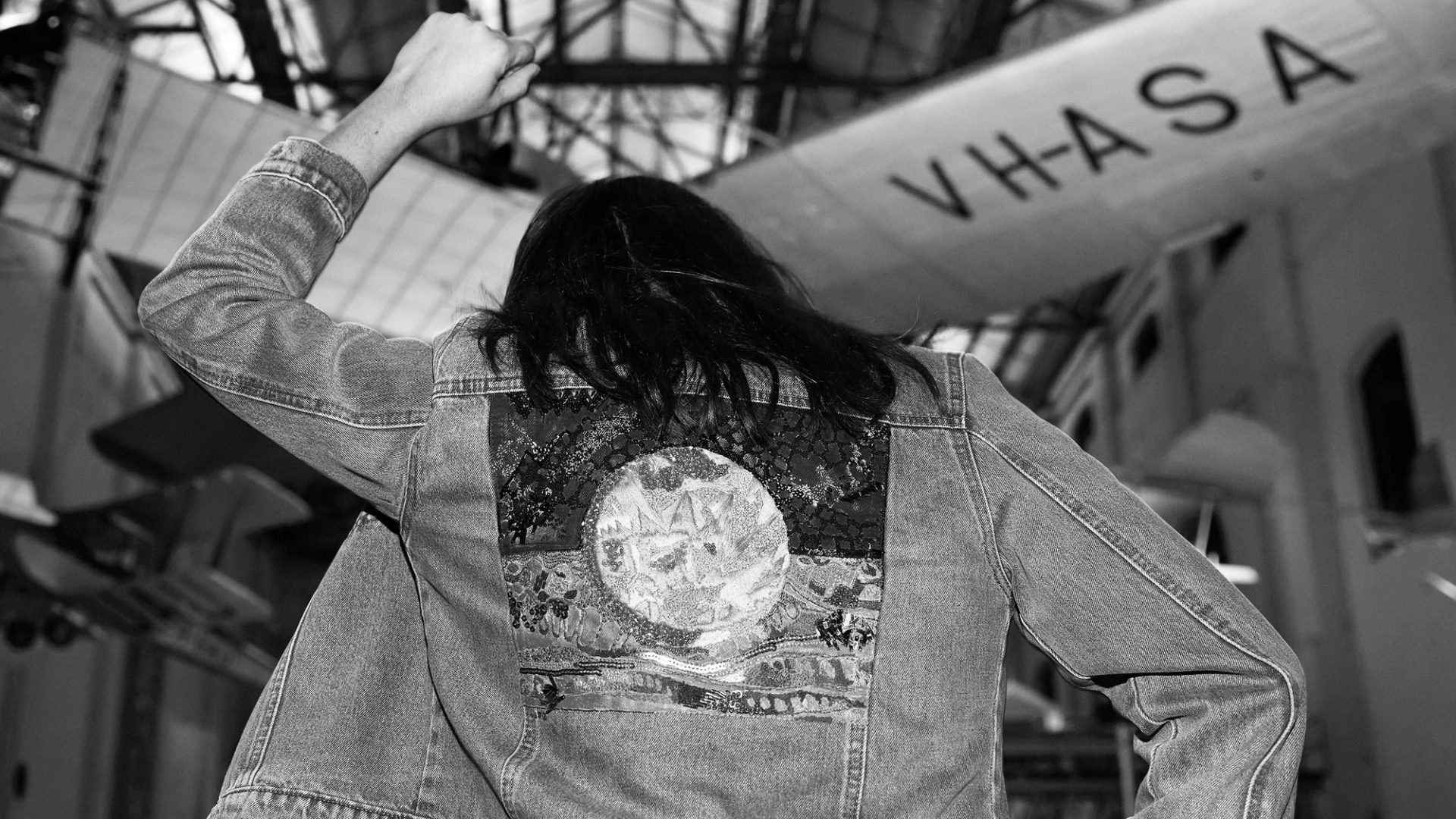
BlakPowerhouse
We Are Warriors is an Indigenous social enterprise, dedicated to celebrating Blak excellence and empowering Indigenous youth. On January 26, one of the most polarising days of the year, We Are Warriors took over Powerhouse Ultimo for BlakPowerhouse: We Are Warriors, taking back a day of sorrow and turning it into a day of power and positivity.
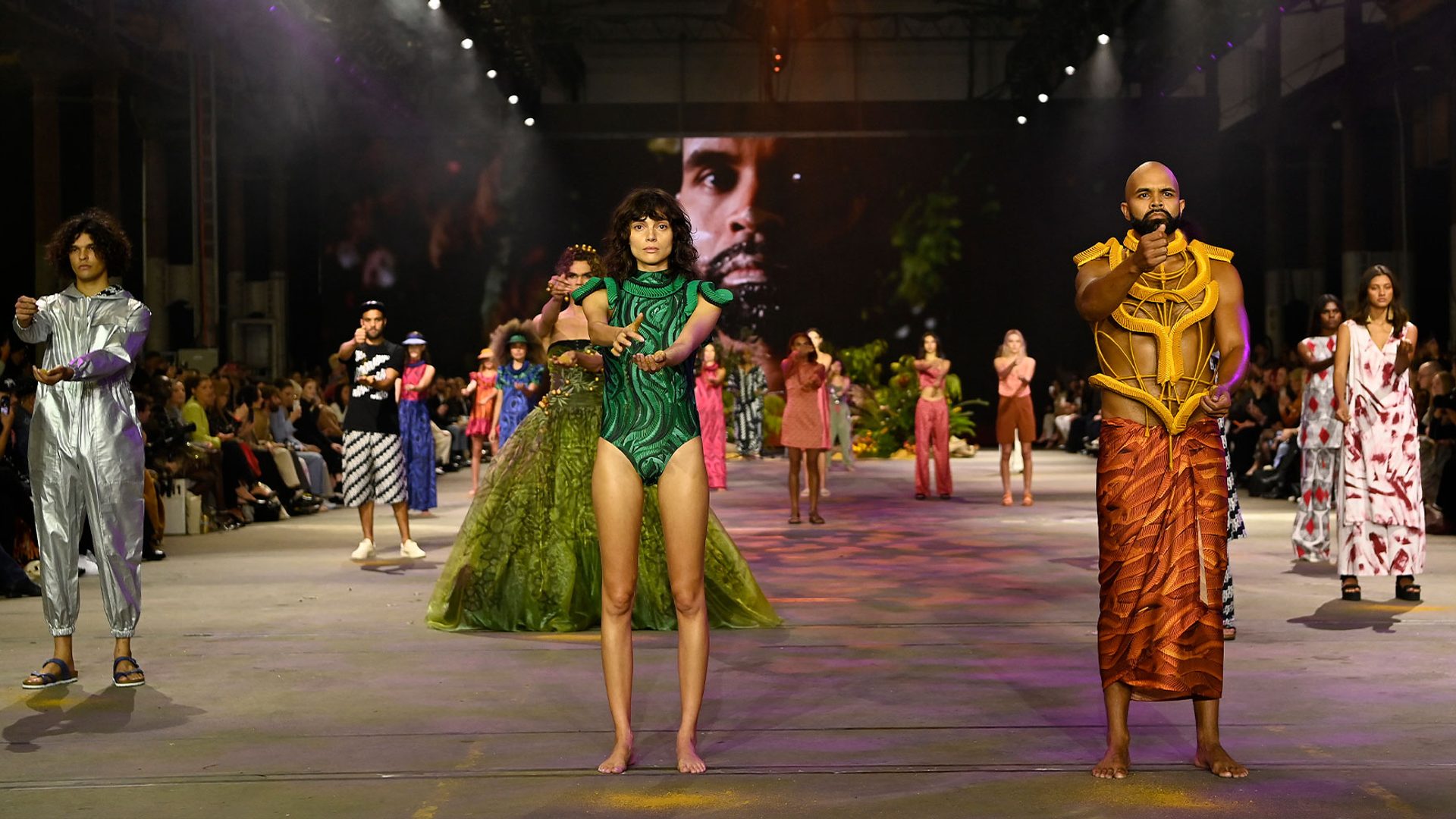
First Nations Fashion and Design
First Nations Fashion and Design is a national voice representing Aboriginal and Torres Strait Islander members; creating ongoing access to opportunities, skill development, and industry engagement. As a not-for-profit organisation, its core business is supporting the growth of Indigenous fashion.
